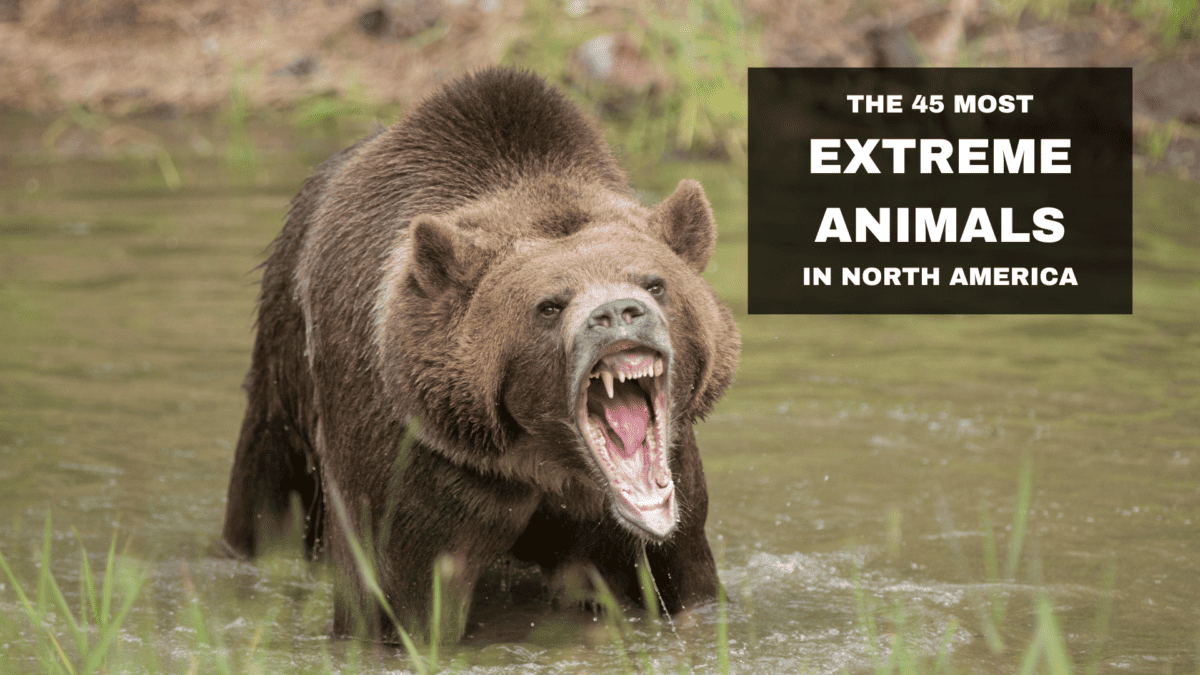The animal kingdom is relentless, governed by the stark reality of survival: eat or be eaten. In today’s exploration, we will delve into the lives of the 45 most formidable animals in North America.
These creatures, despite the odds stacked against them, have emerged as the ultimate survivors in their respective habitats. Their fierce nature and adaptability have crowned them as the undisputed champions of their domains.
Let start with the 45 Most Extreme Animals in North America.
#1 American Bison – The largest land animal in North America
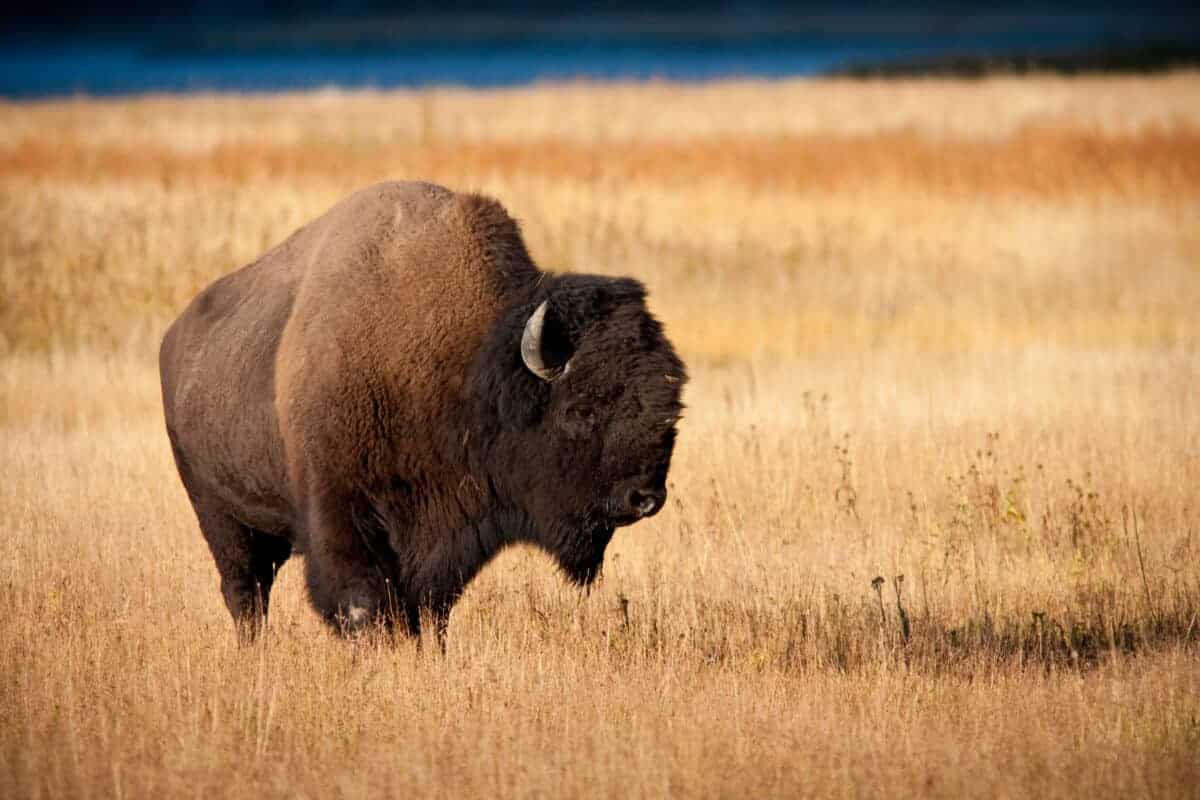
Once roaming the grasslands of North America in vast herds, the American Bison is the continent’s largest land animal, symbolizing the wild heritage of North America.
#2 Grizzly Bear – One of the most powerful predators
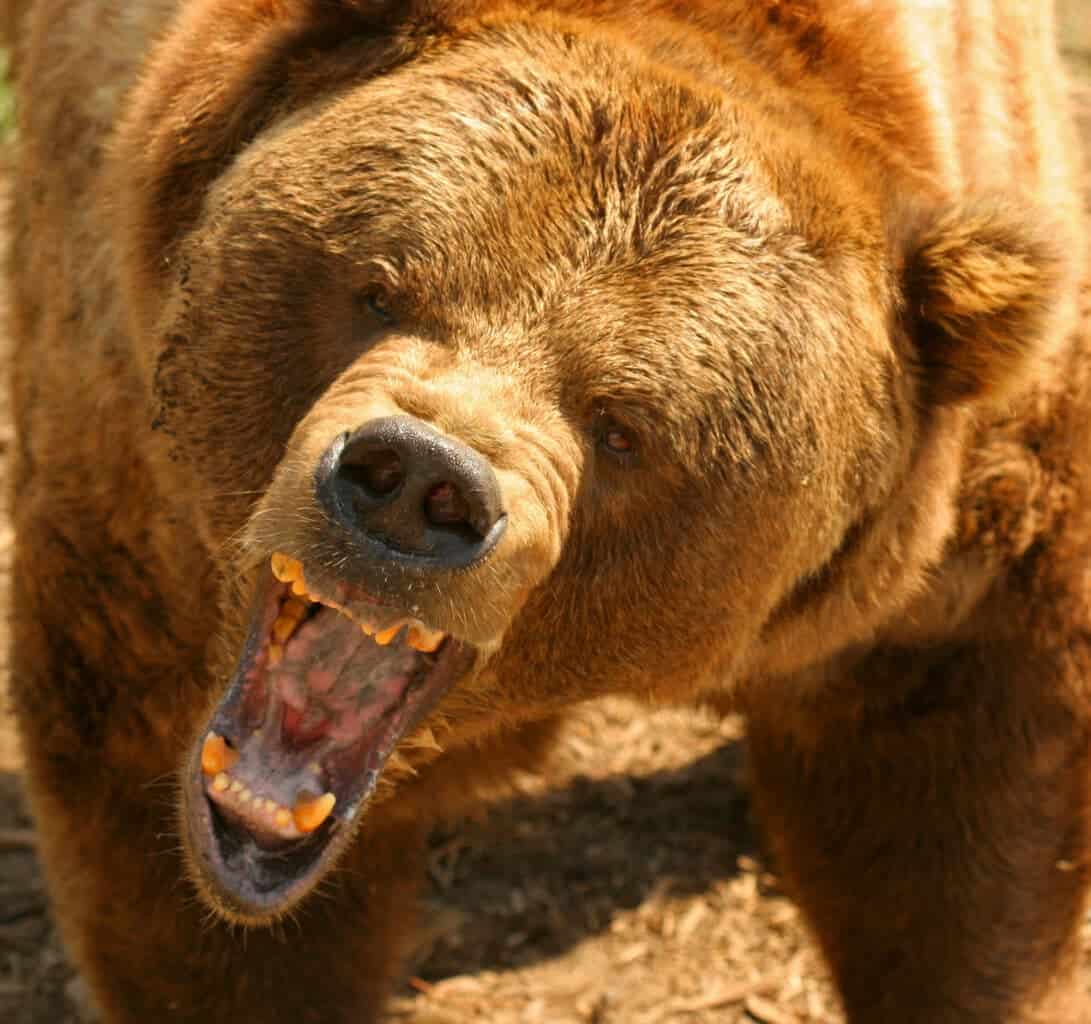
Known for its formidable size and strength, the grizzly bear is a top predator in North American forests, revered and feared for its power.
#3 California Condor – One of the world’s largest birds with an impressive wingspan
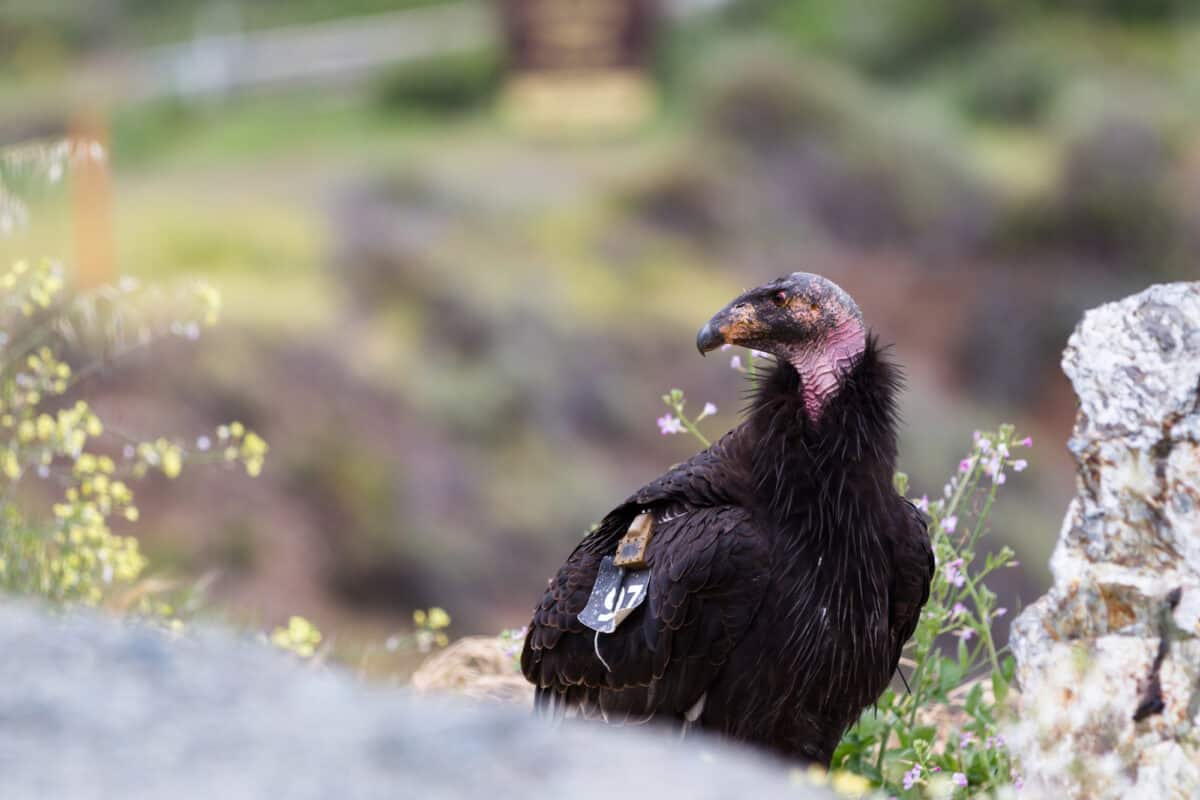
With one of the largest wingspans of any North American bird, the California Condor is a critically endangered scavenger that soars above the western landscapes.
#4 Peregrine Falcon – The fastest bird, capable of reaching speeds over 200 mph during dives
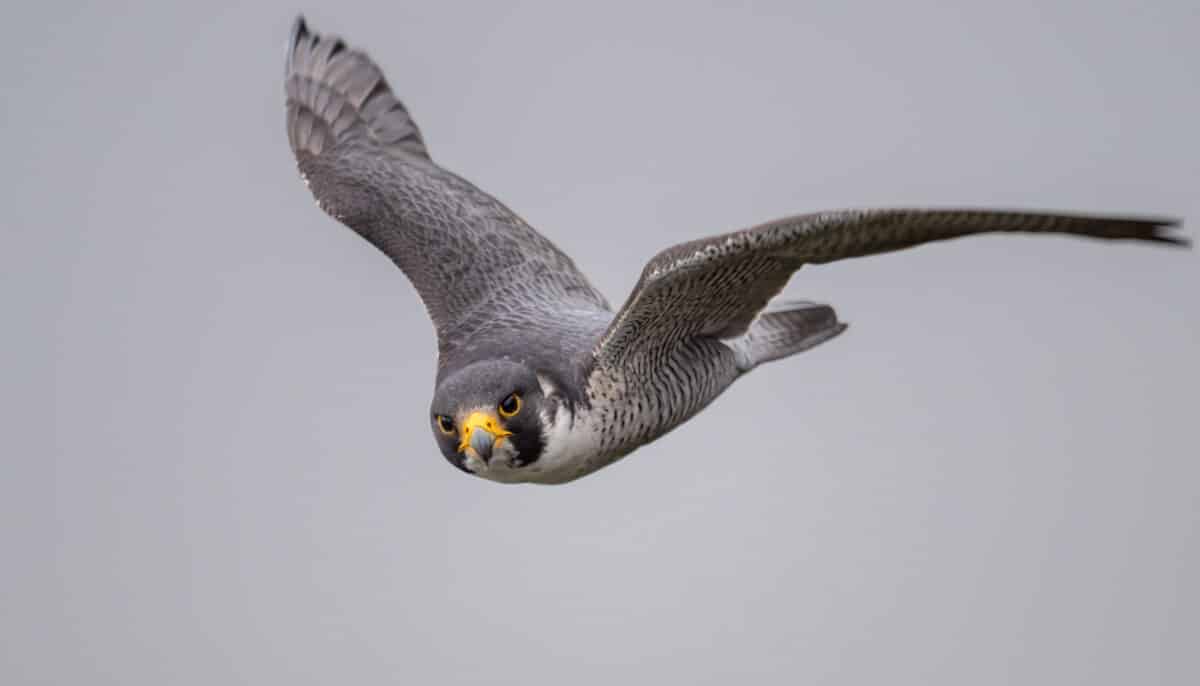
The world’s fastest bird, the Peregrine Falcon can reach diving speeds over 200 mph, making it a formidable hunter in the skies.
#5 Moose – The largest member of the deer family with impressive antlers
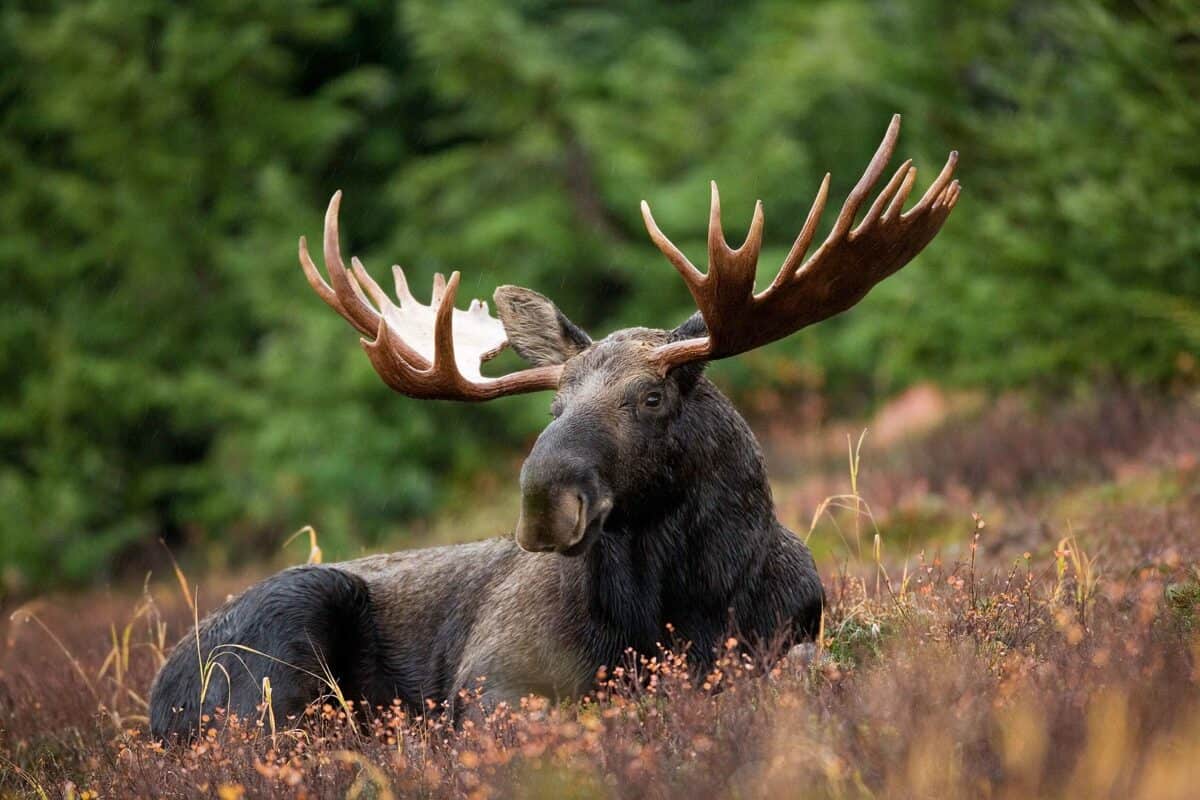
The moose is the largest species in the deer family, distinguished by its massive antlers and long legs, adapted for life in northern forests and wetlands.
#6 Polar Bear – The largest carnivore on land, adapted to Arctic life
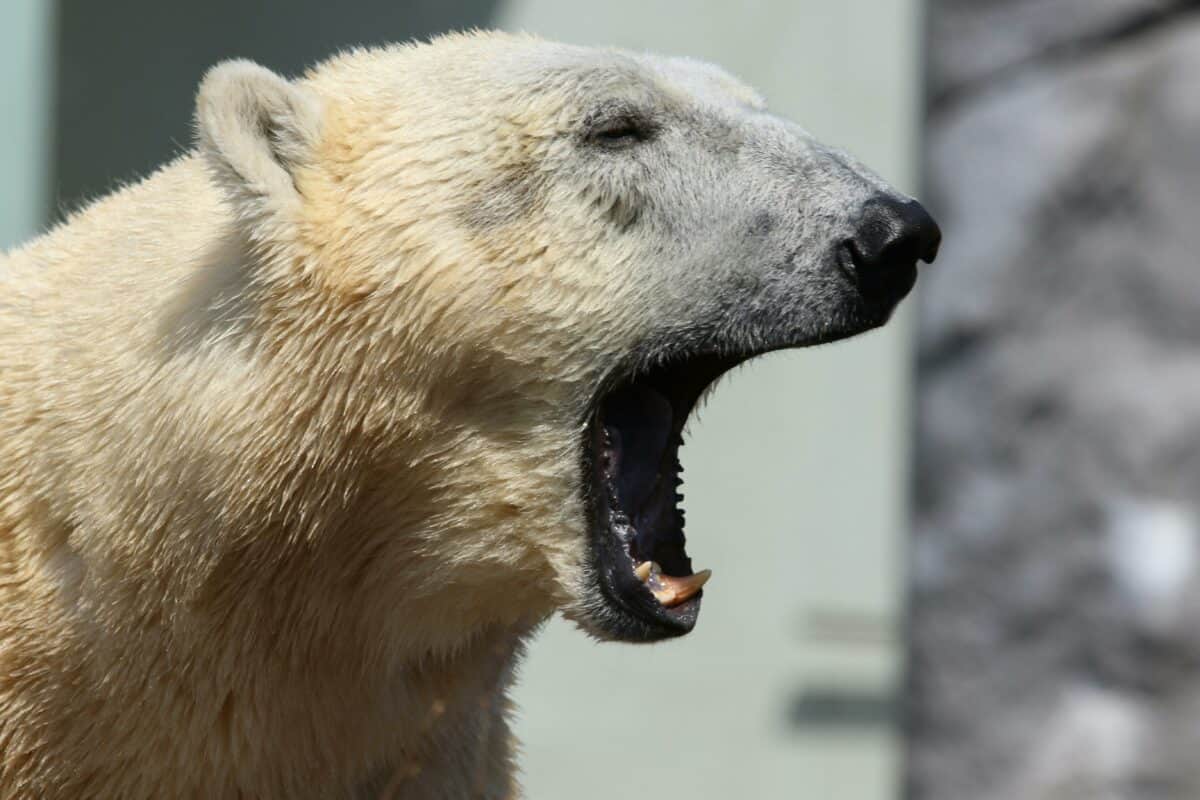
As the largest land carnivore, the Polar Bear is uniquely adapted to the Arctic environment, relying on sea ice to hunt seals.
#7 Alligator Snapping Turtle – A large freshwater turtle with a strong bite
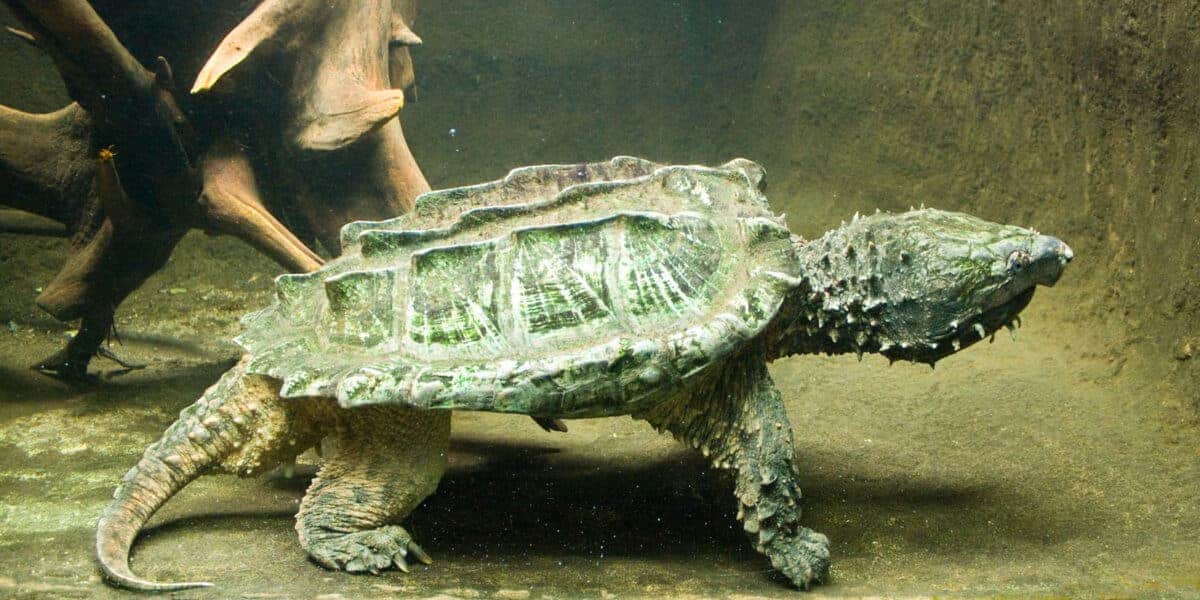
This prehistoric-looking turtle is known for its powerful jaws and camouflaged appearance, lying in wait for unsuspecting prey in freshwater habitats.
#8 American Alligator – A large and formidable predator in southern swamps
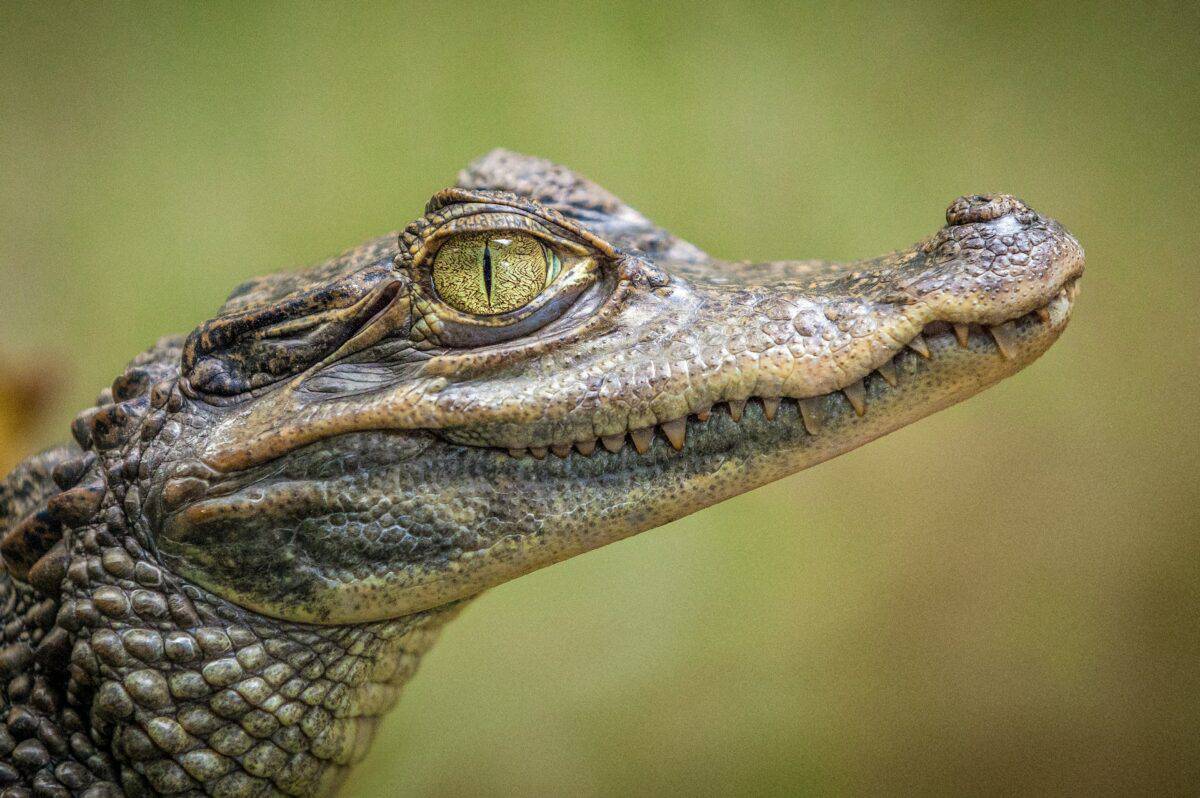
Dominating the swamps, marshes, and rivers of the southeastern United States, the American Alligator is a key species for maintaining ecological balance in its habitat.
#9 Mountain Lion (Cougar) – A skilled predator with a wide range across the continent
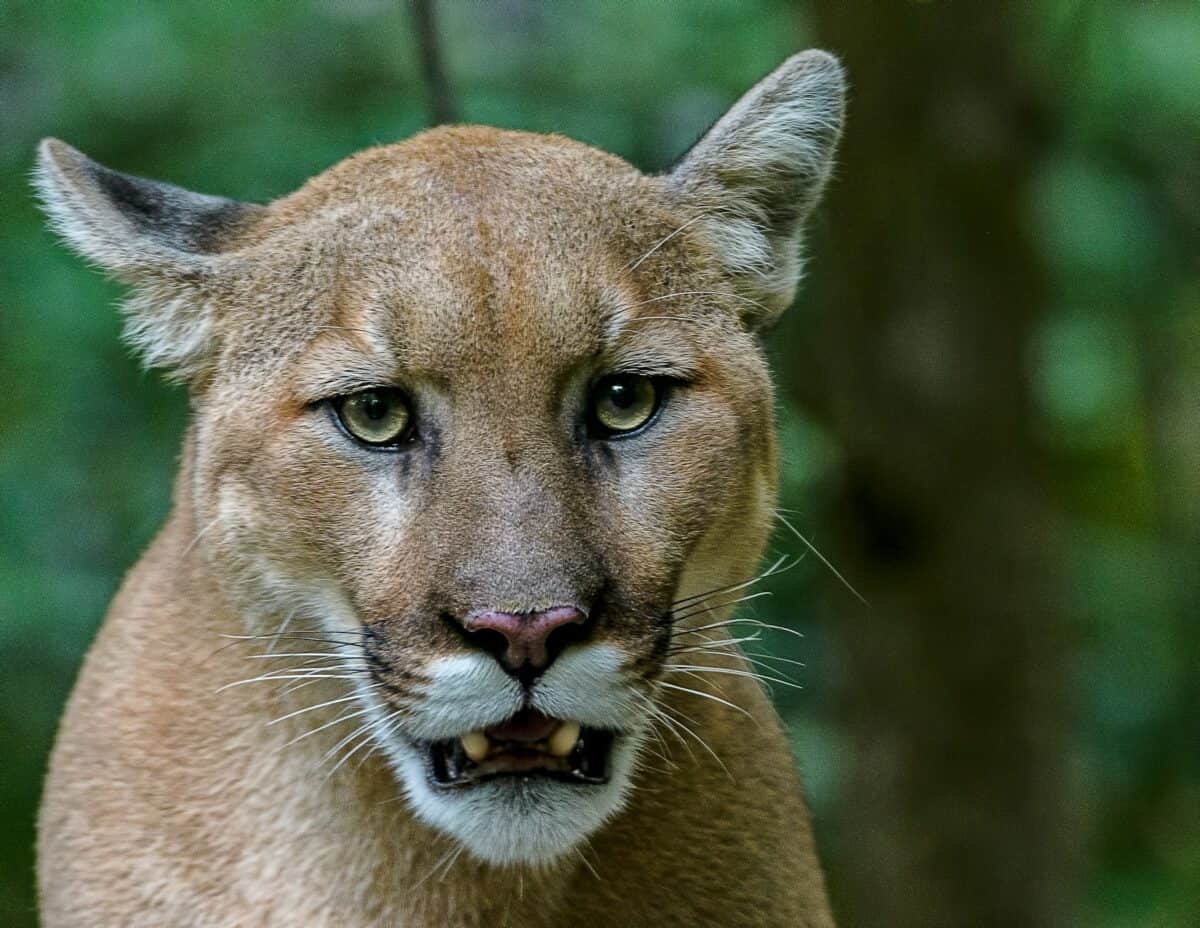
This elusive and solitary predator has the largest range of any wild terrestrial mammal in the Western Hemisphere, adapting from forests to deserts.
#10 Wolverine – Known for its strength and ferocity, despite its size
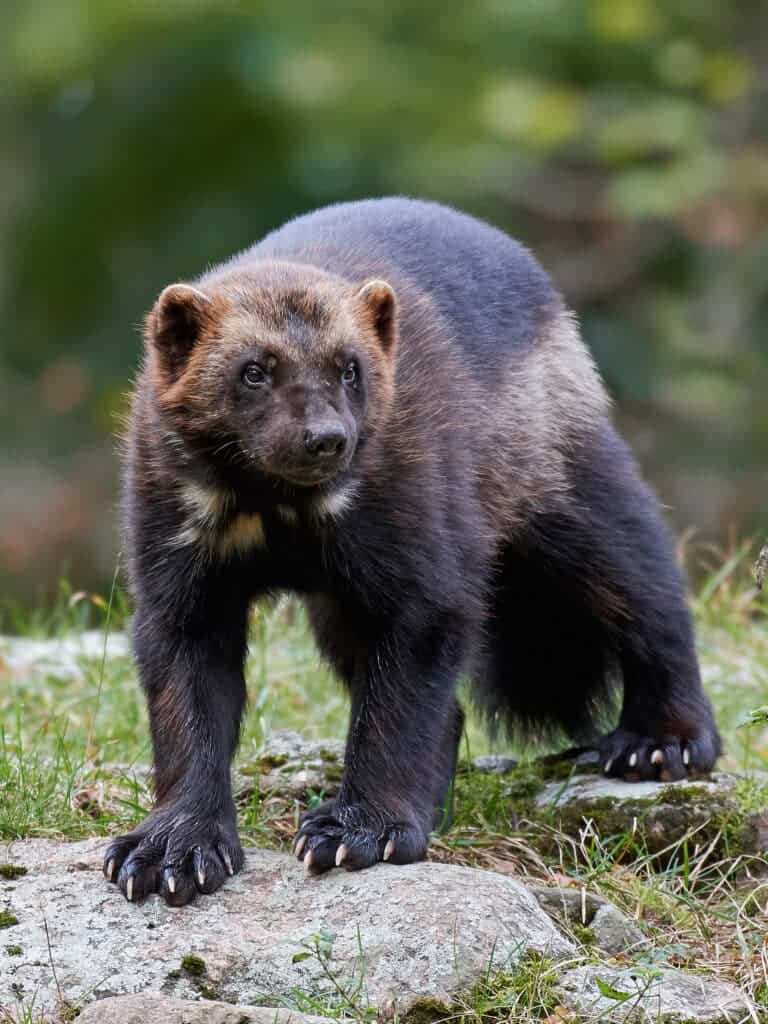
The wolverine, a symbol of wilderness, is known for its incredible strength and ferocity, capable of taking down prey much larger than itself.
#11 Bald Eagle – The national bird of the United States, known for its size and powerful build
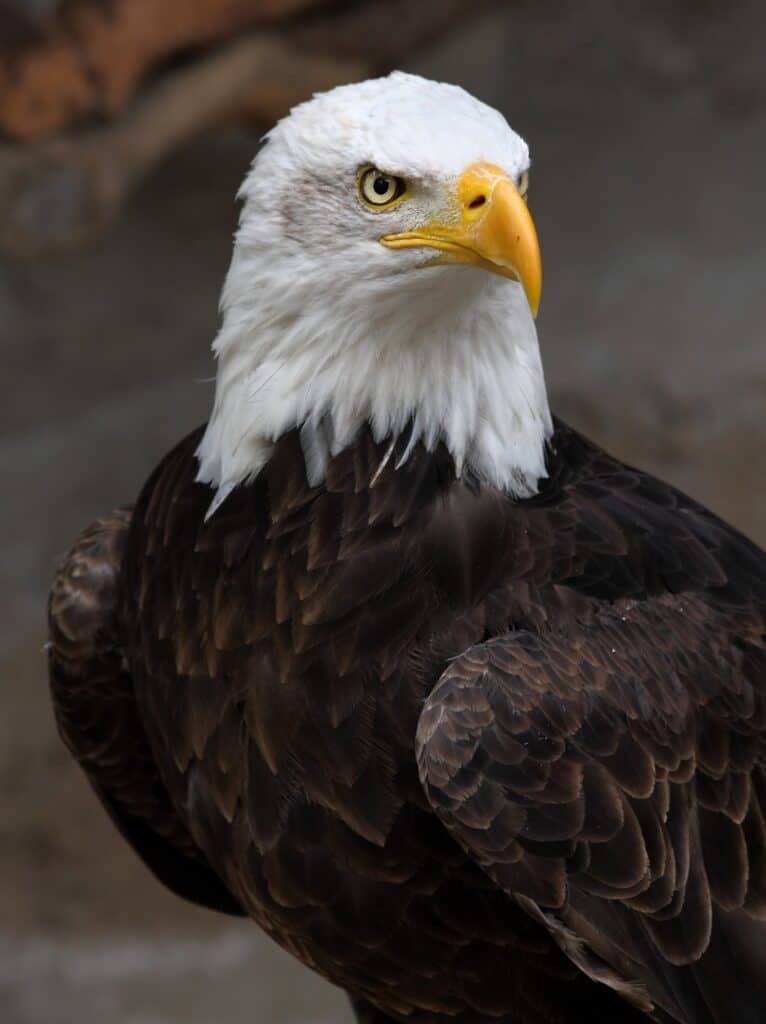
With its majestic appearance and powerful build, the Bald Eagle is not only the national bird of the United States but also a potent symbol of freedom.
#12 Great White Shark (off the coasts) – A powerful predator in the oceans around North America
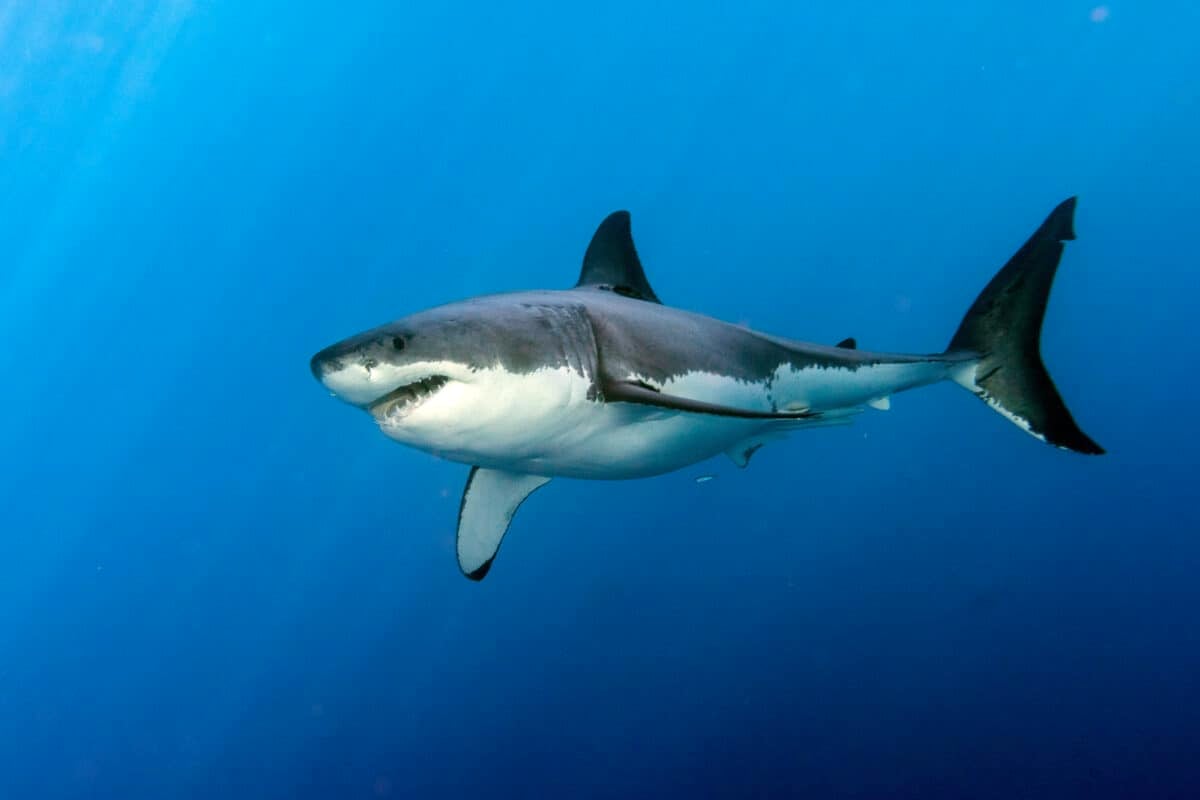
Patrolling the coastal waters, the Great White Shark is one of the ocean’s most renowned predators, known for its size, strength, and sharp teeth.
#13 Elk – Known for their impressive size and antlers
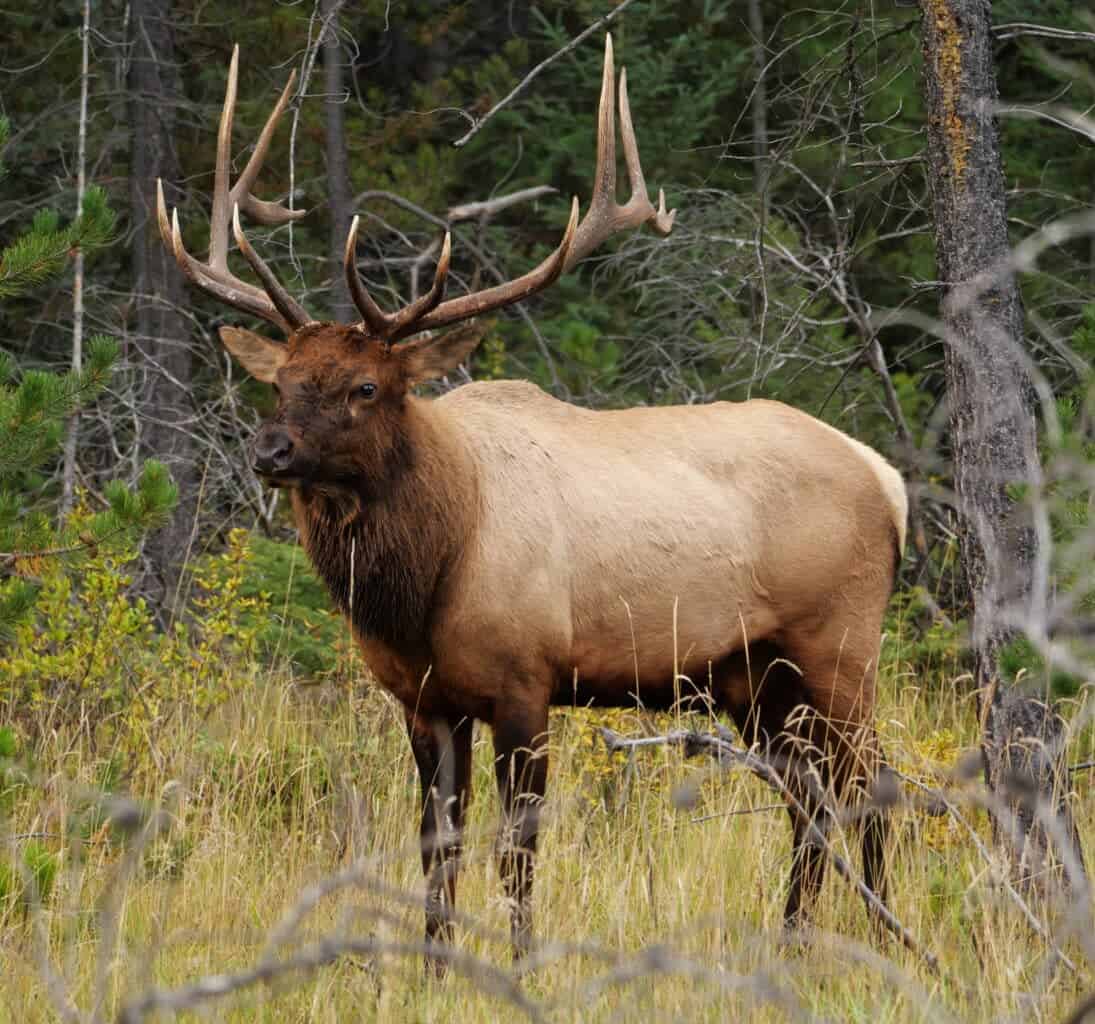
Renowned for their majestic antlers, elk are one of North America’s largest deer species, migrating in herds through the continent’s forests and mountain ranges.
#14 Pronghorn – The fastest land animal in North America
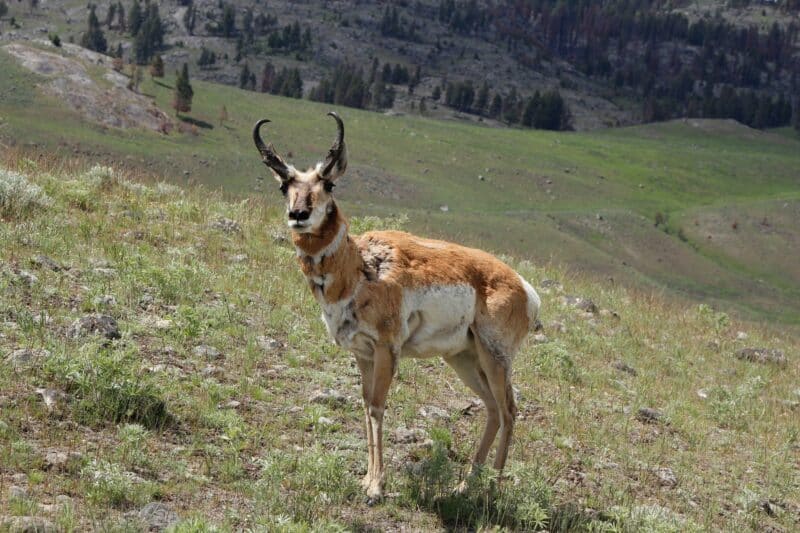
The pronghorn is celebrated as the fastest land mammal in North America, capable of reaching speeds that rival African antelopes.
#15 Gray Wolf – A top predator with a complex social structure
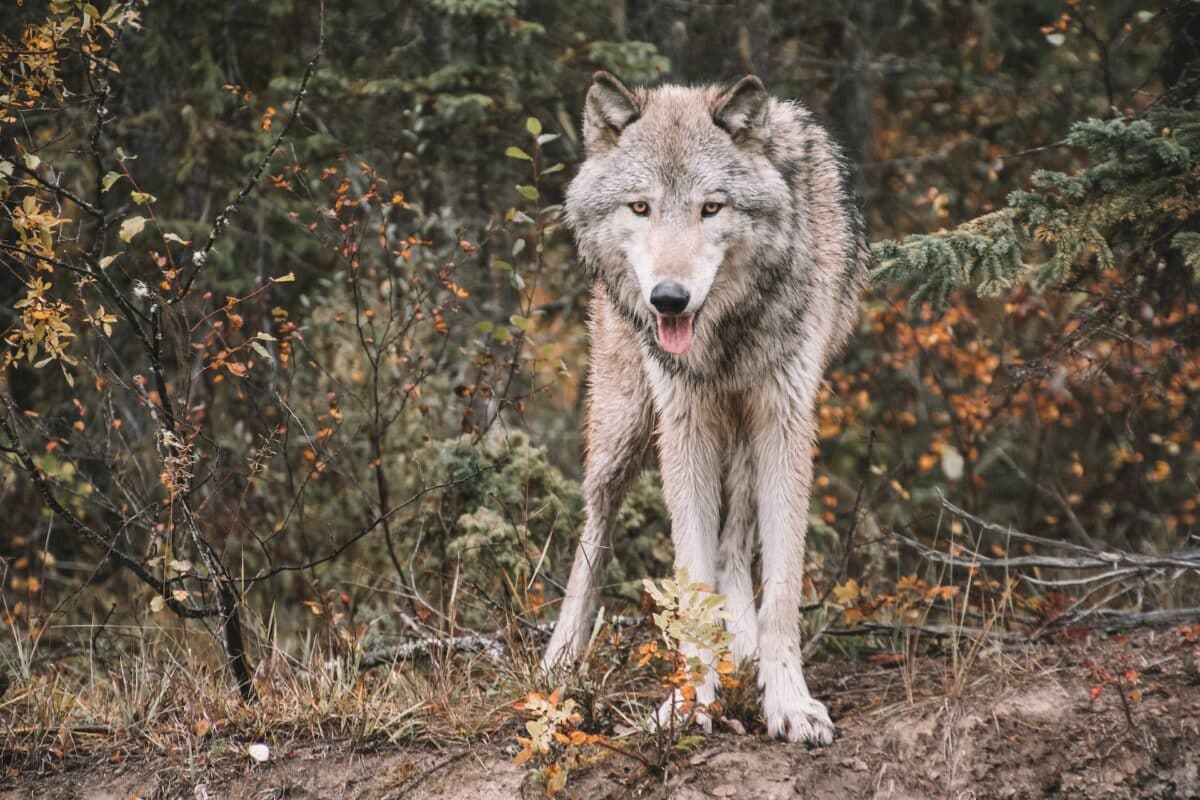
As a top predator, the Gray Wolf plays a crucial role in maintaining the health of its ecosystem, living in pack structures and roaming large territories.
#16 American Crocodile – Less common than alligators but equally formidable
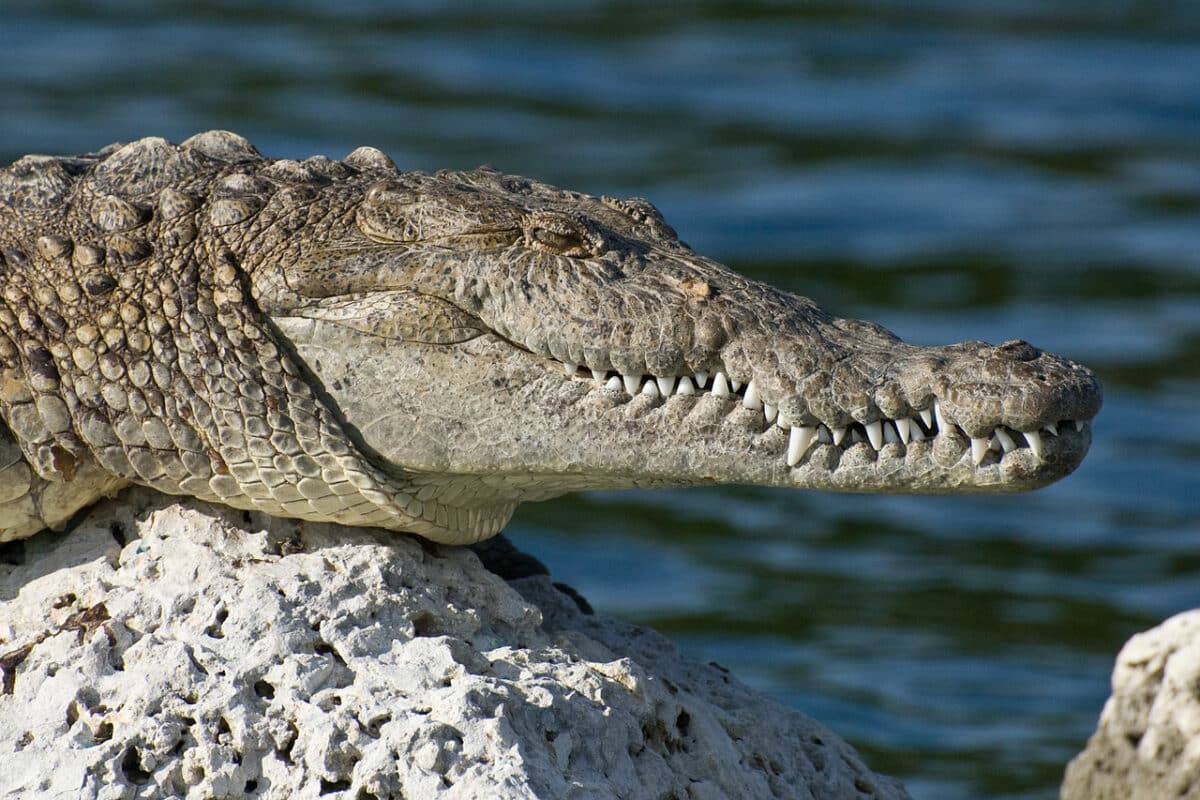
This less common cousin of the alligator inhabits the coastal areas of southern Florida, displaying remarkable adaptability between freshwater and saltwater environments.
#17 Jaguar – The largest cat in the Americas, primarily found in the south
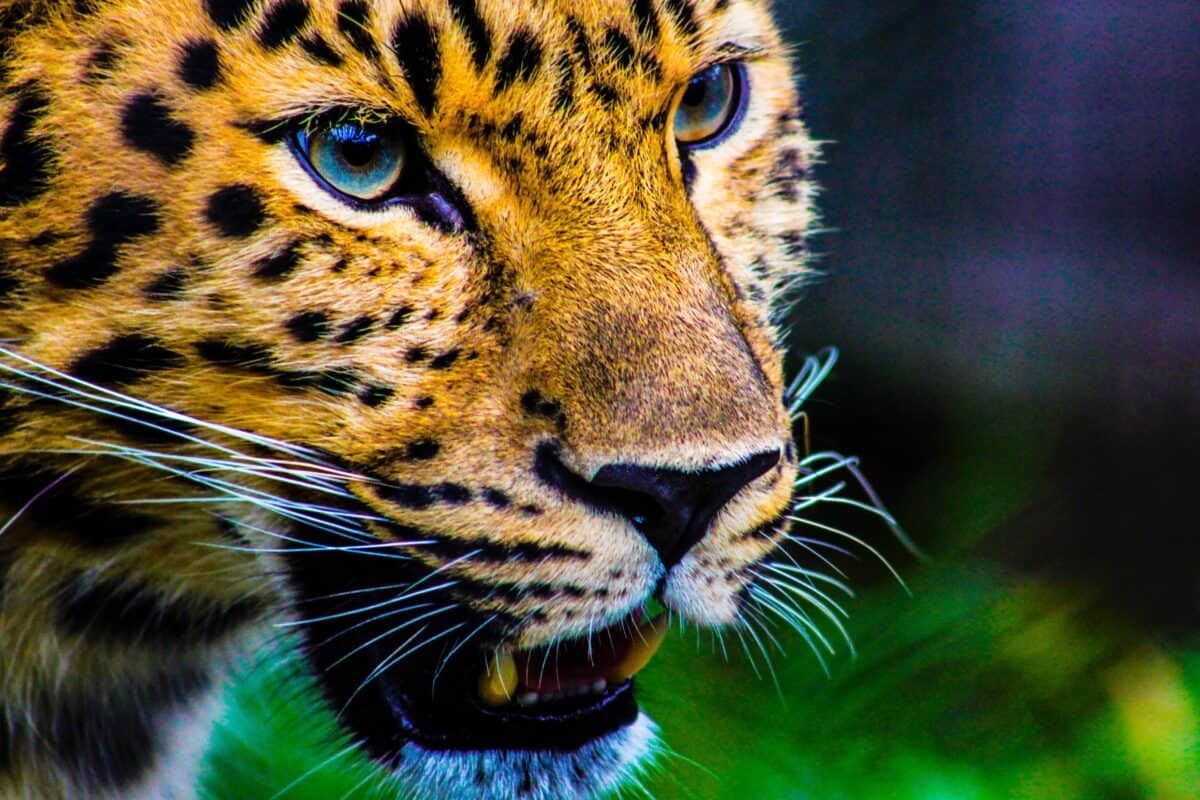
The largest cat in the Americas, the jaguar is a solitary and powerful predator, primarily found in the dense rainforests and swamps of the southern United States and Mexico.
#18 Anaconda (in the southern fringe) – One of the largest and most powerful snakes
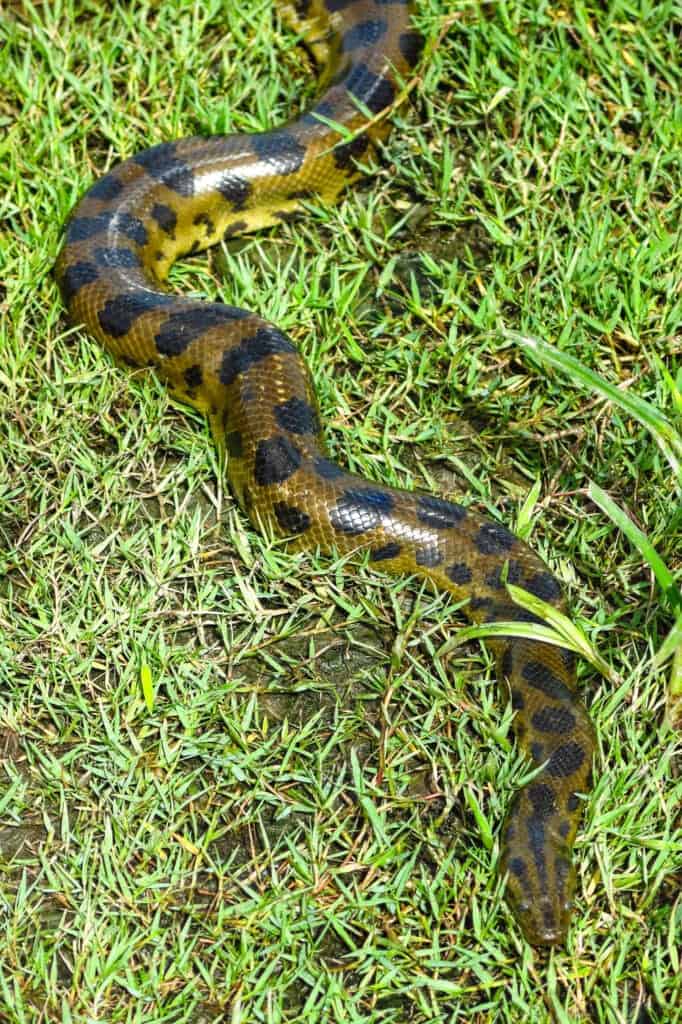
In the southern fringes of North America, the Anaconda, one of the world’s largest snakes, reigns supreme in its aquatic habitats, capable of overpowering large prey.
#19 Kodiak Bear – One of the largest bear species, found in Alaska
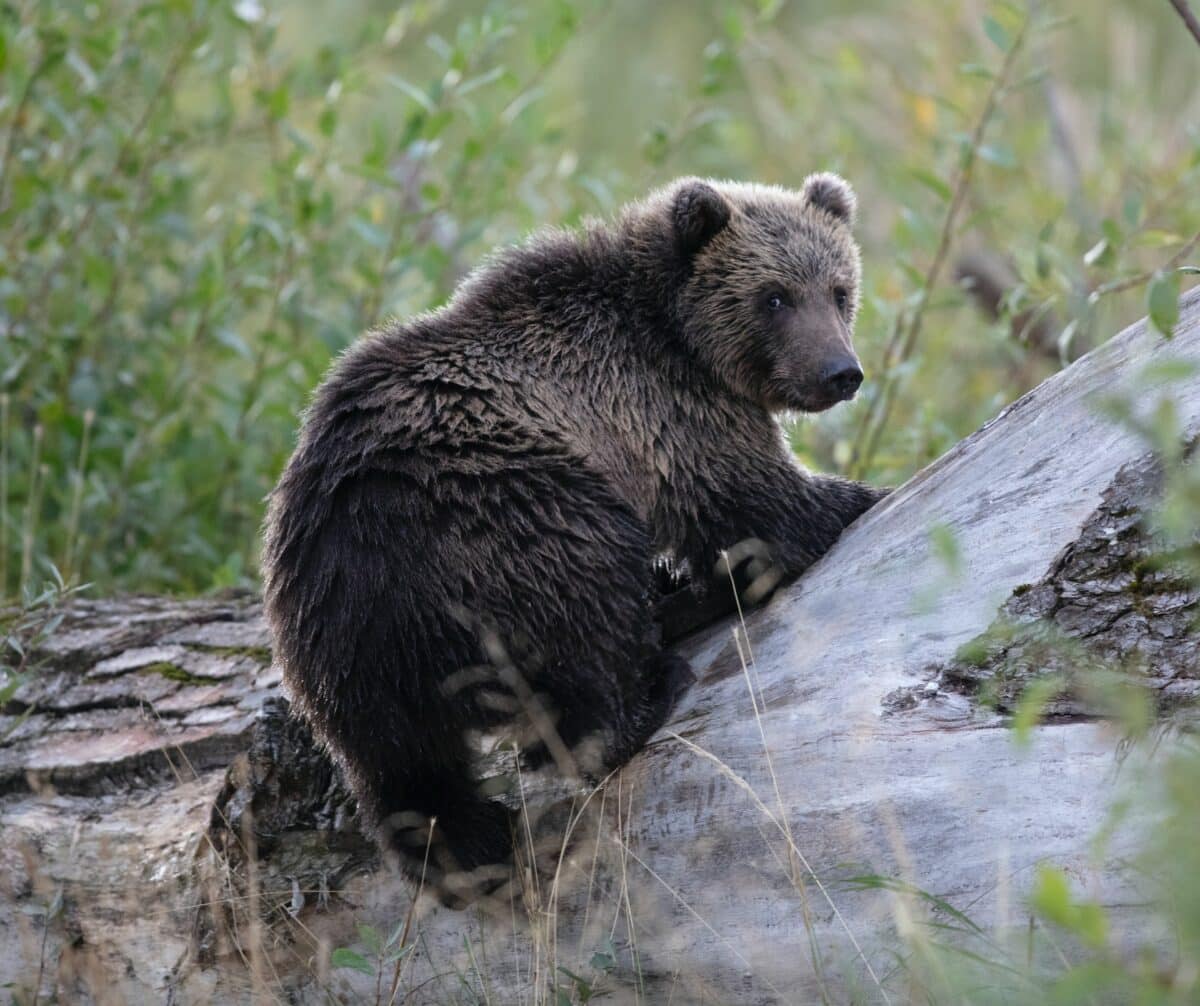
Exclusive to the Kodiak Archipelago in Alaska, the Kodiak bear is one of the largest subspecies of brown bear, with a diet that includes fish, mammals, and vegetation.
#20 North American Porcupine – Known for its protective quills
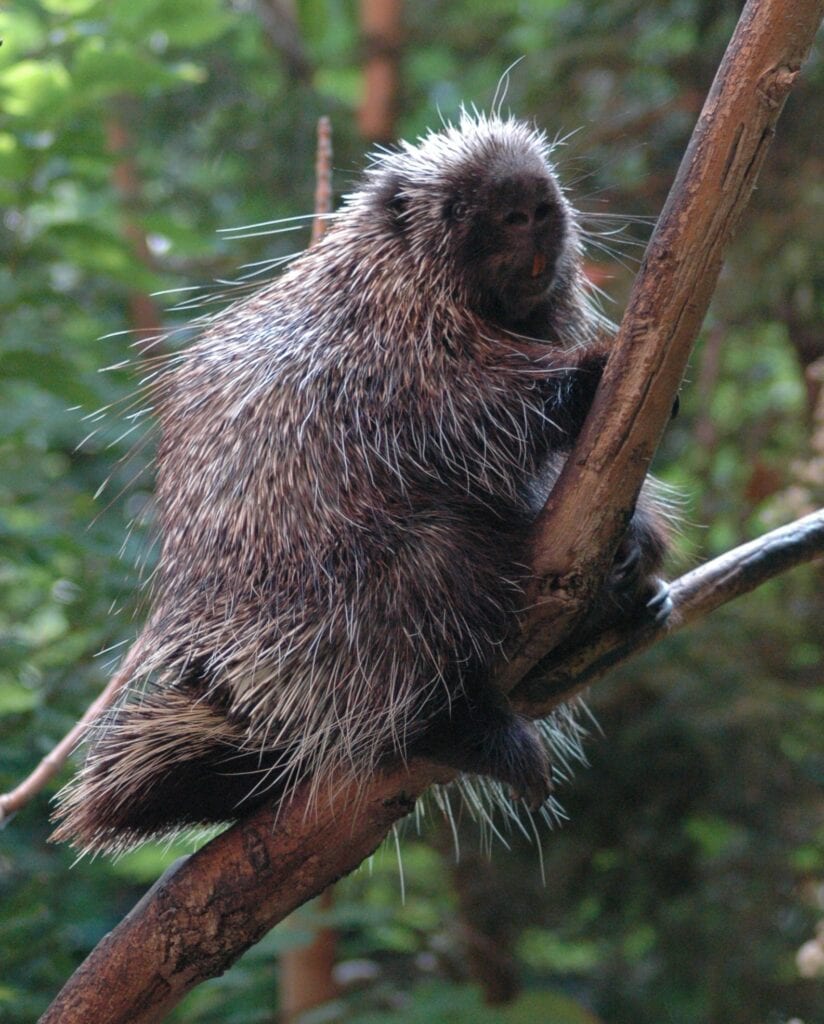
Known for its coat of sharp quills, the North American Porcupine is a nocturnal rodent that climbs trees to feed on leaves, bark, and fruits, using its unique defense mechanism against predators.
#21 Rattlesnake – A venomous snake known for the rattling sound it uses as a warning
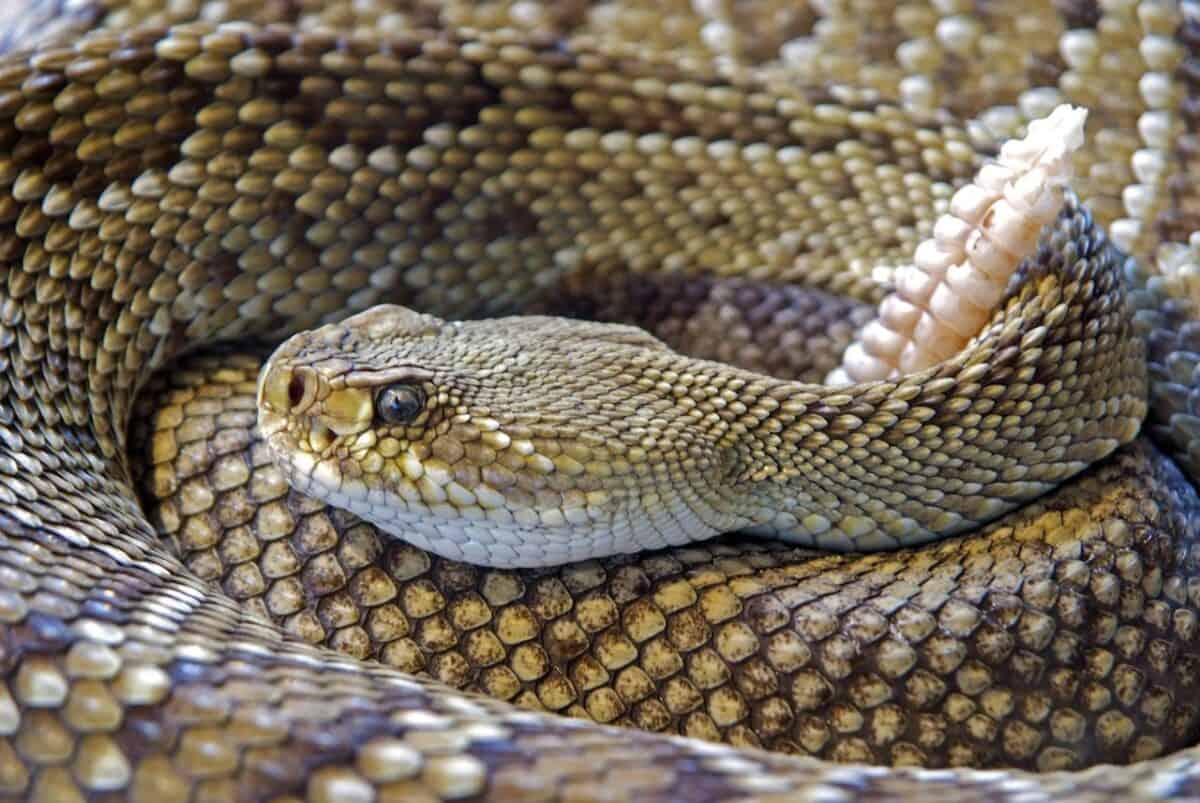
These venomous snakes are known for the distinctive rattling sound their tails make as a warning to predators. They are found in diverse habitats across North America, from deserts to forests.
#22 Gila Monster – One of the few venomous lizards in North America
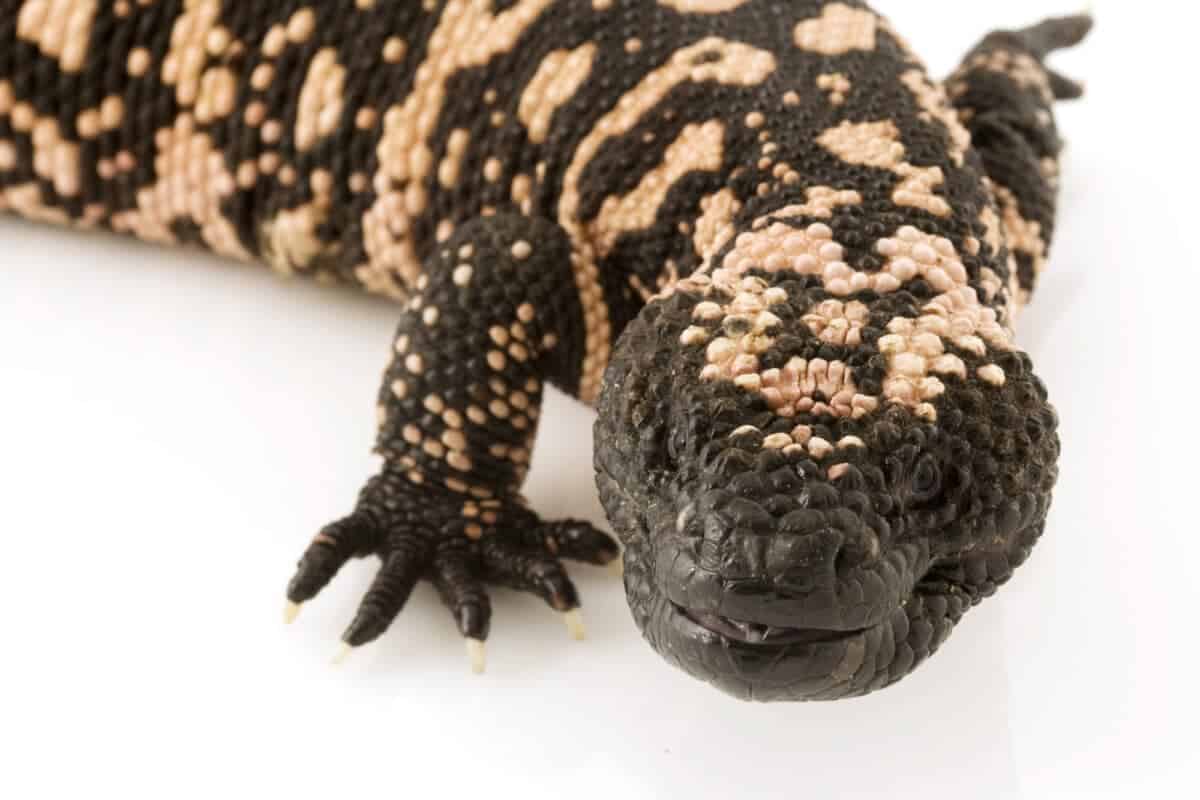
One of the only venomous lizards in North America, the Gila Monster is found in the southwestern United States and Mexico. It has a striking appearance with a beaded, colorful skin.
#23 American Black Bear – The most common bear species on the continent
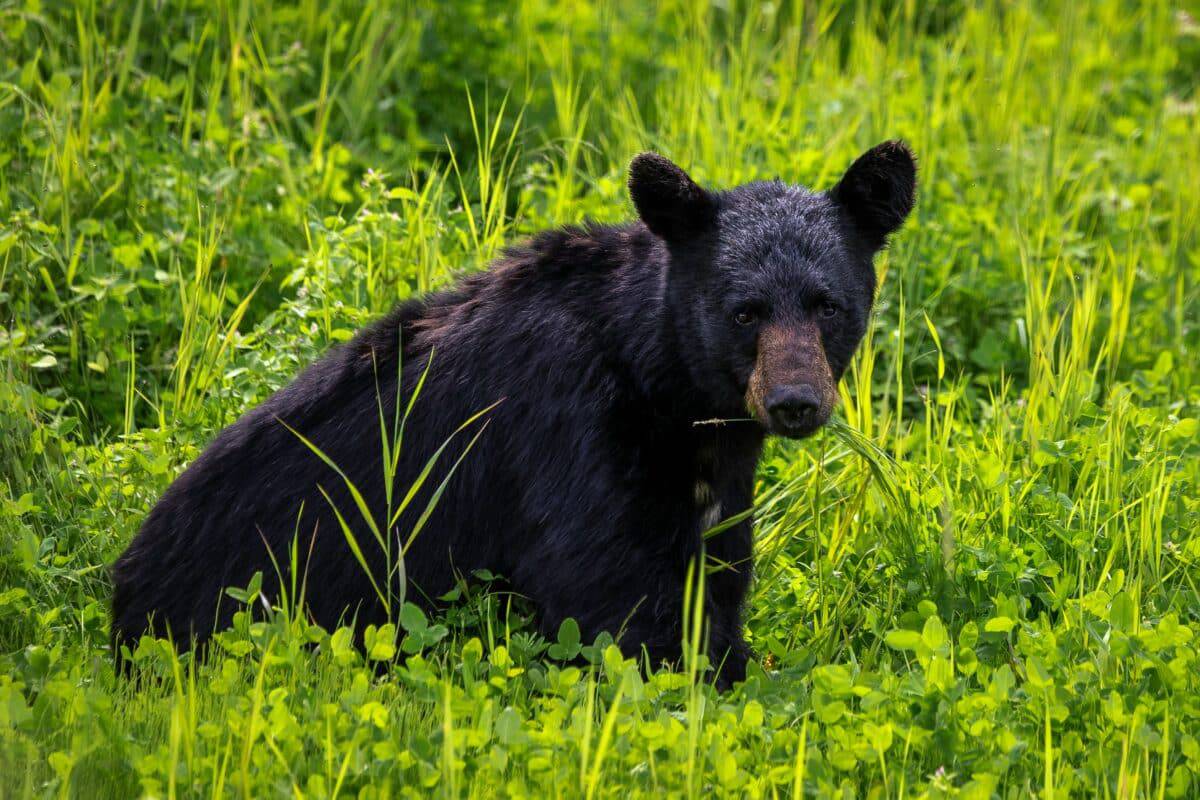
Widespread across North America, the American Black Bear is the continent’s most common bear species. They are adaptable, found in forests, mountains, and swamps.
#24 Ocelot – A small but fierce predator found in southern parts
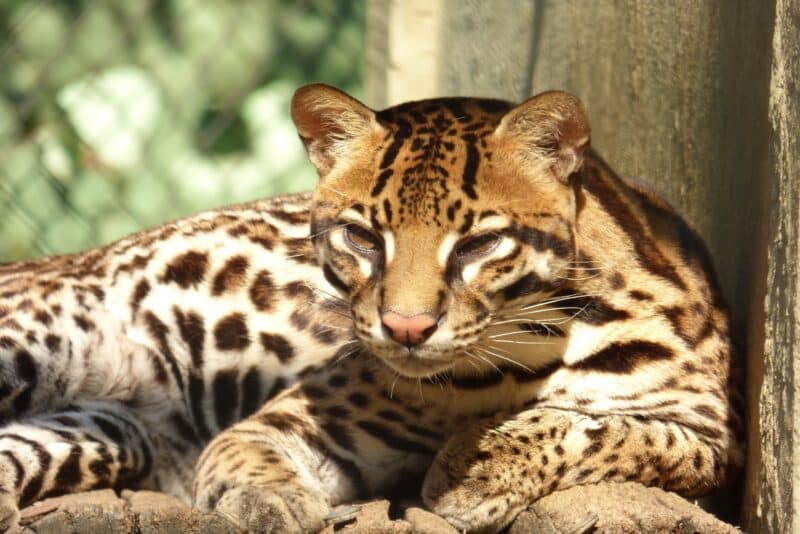
his small, nocturnal predator is known for its beautiful spotted coat. Ocelots are found in the southernmost parts of North America, primarily in dense vegetation.
#25 Whooping Crane – One of the tallest North American birds, known for its conservation story
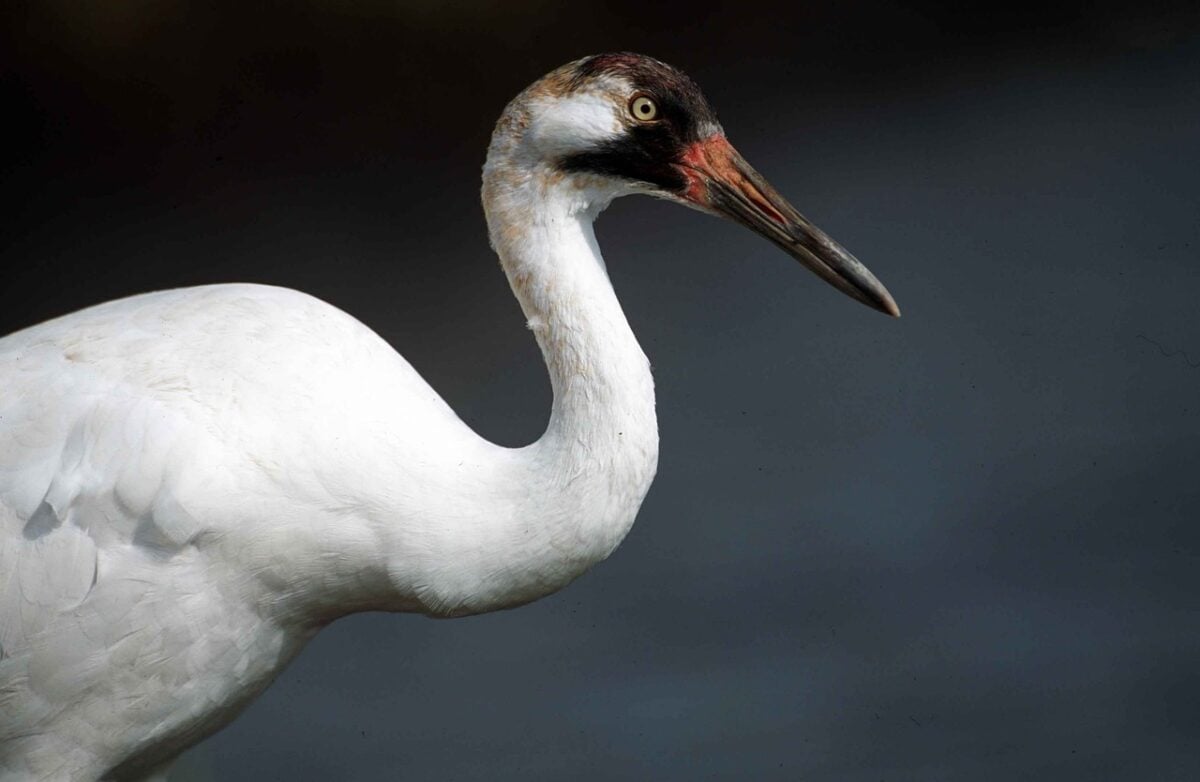
Once on the brink of extinction, the Whooping Crane is one of North America’s tallest birds and is known for its impressive recovery efforts. They are known for their loud, whooping calls and long migrations.
#26 Bighorn Sheep – Known for their large, curved horns and mountain climbing abilities
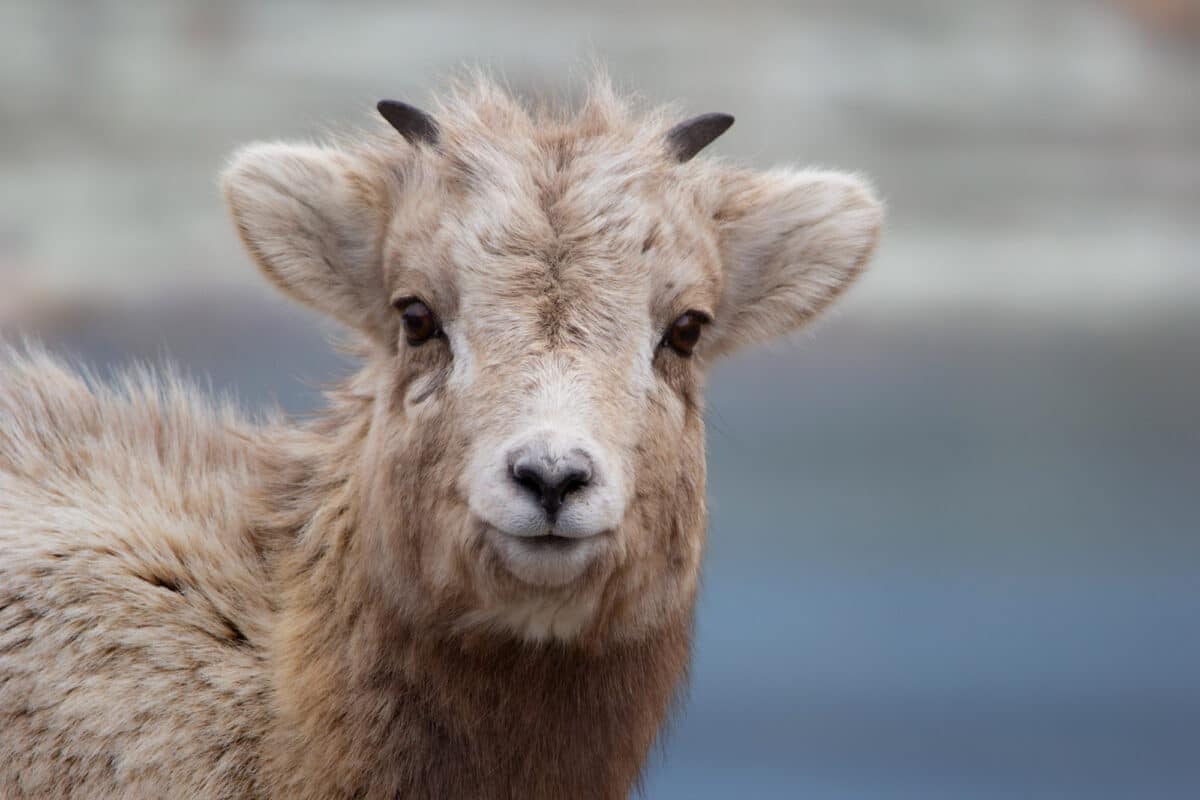
Famous for their large, curved horns, Bighorn Sheep are adept climbers found in North America’s mountainous regions. They are social animals, living in herds.
#27 Manatee – A gentle giant found in coastal waters and rivers
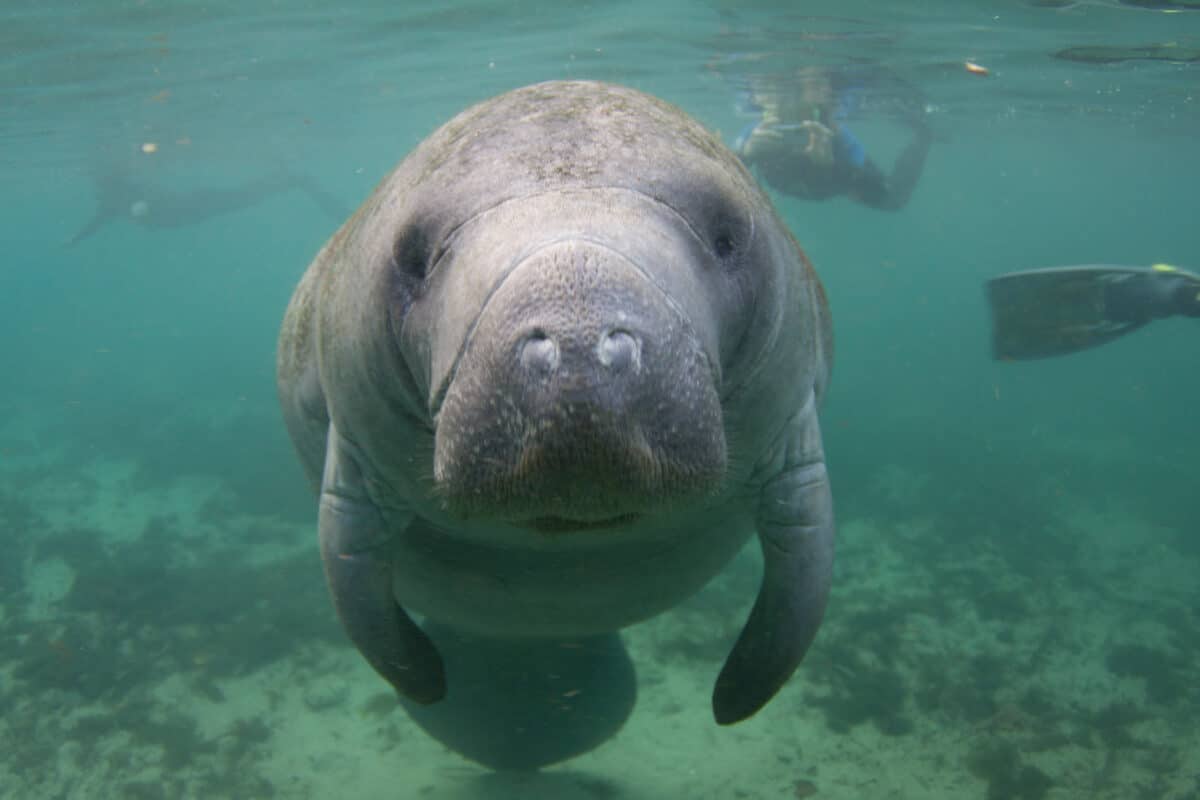
Often called “sea cows,” manatees are gentle, slow-moving marine mammals found in coastal waters and rivers. They are known for their large size and friendly nature.
#28 Sea Otter – A marine mammal known for using tools to eat
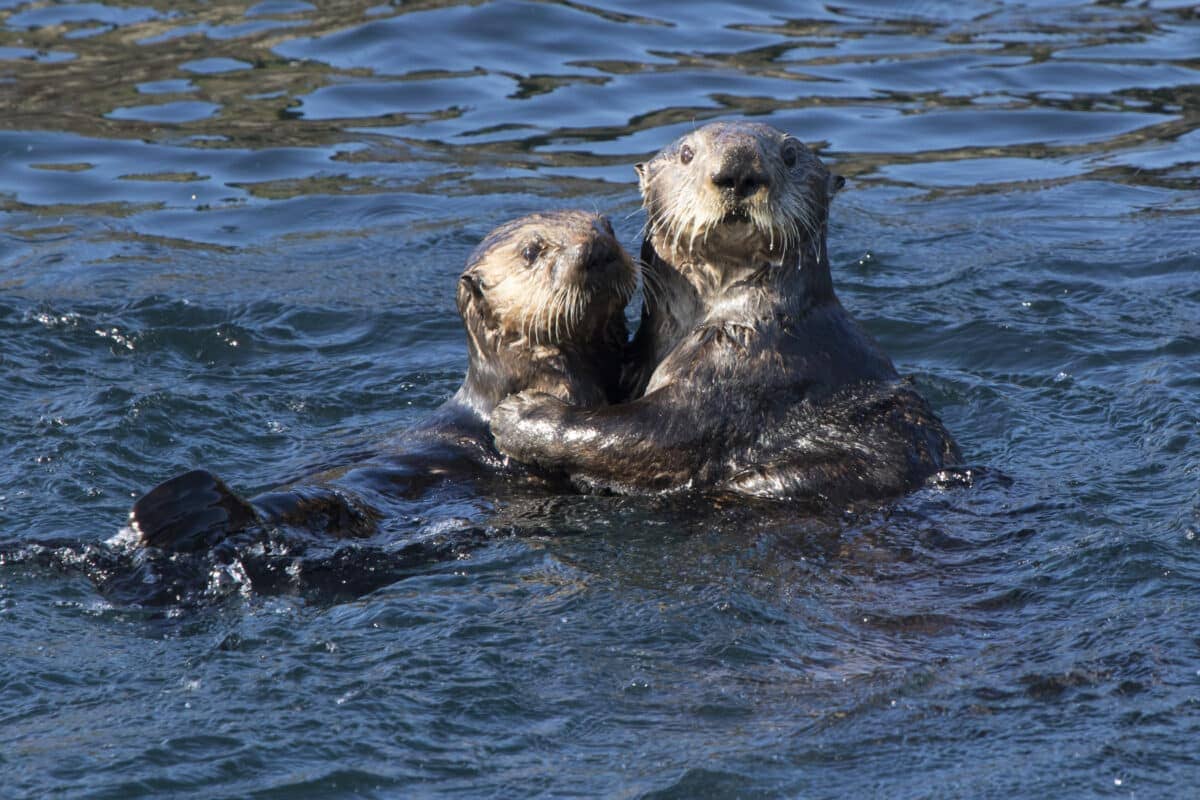
A key species for maintaining kelp forest ecosystems, Sea Otters are known for their use of rocks to crack open shellfish. They have the densest fur of any animal.
#29 Narwhal – The “unicorn of the sea” with its long, spiral tusk
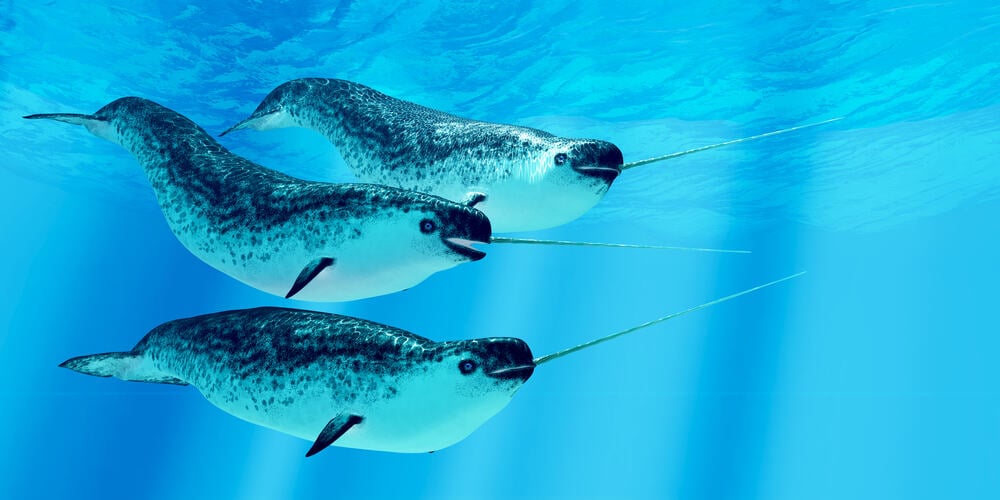
Dubbed the “unicorn of the sea,” Narwhals are known for the long, spiral tusk protruding from their heads, which is actually an elongated tooth. They inhabit Arctic waters.
#30 Walrus – Recognizable for its tusks and bulk, adapted to Arctic life
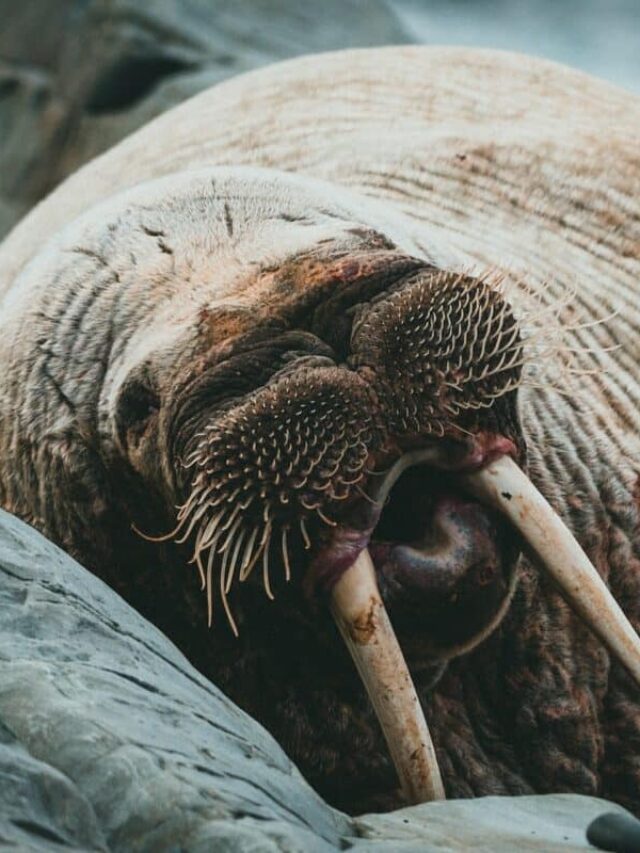
Recognizable by their long tusks and massive bulk, Walruses are adapted to life in the Arctic with blubbery bodies and social behavior. They are primarily found on sea ice and in coastal waters.
#31 Harp Seal – Known for its strikingly white pups and Arctic habitat
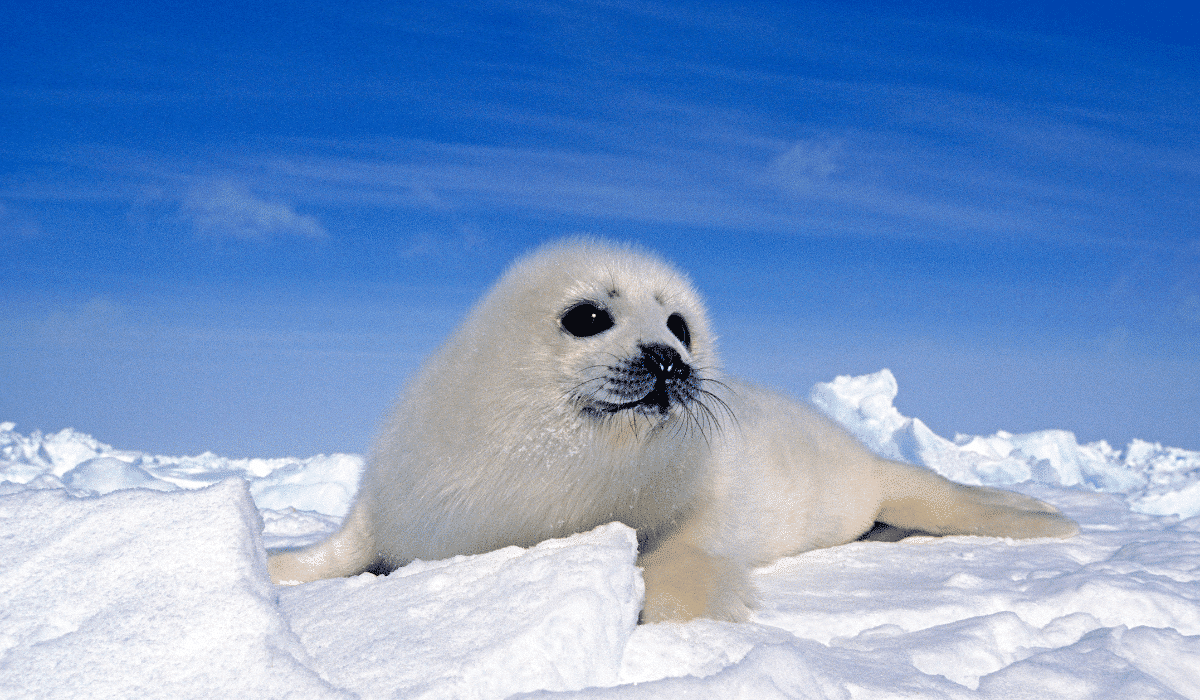
Known for their stark white pups, Harp Seals are ice-dwelling marine mammals found in the North Atlantic and Arctic Oceans. They migrate extensively across the icy waters.
#32 American Bison (repeated for emphasis on its iconic status)
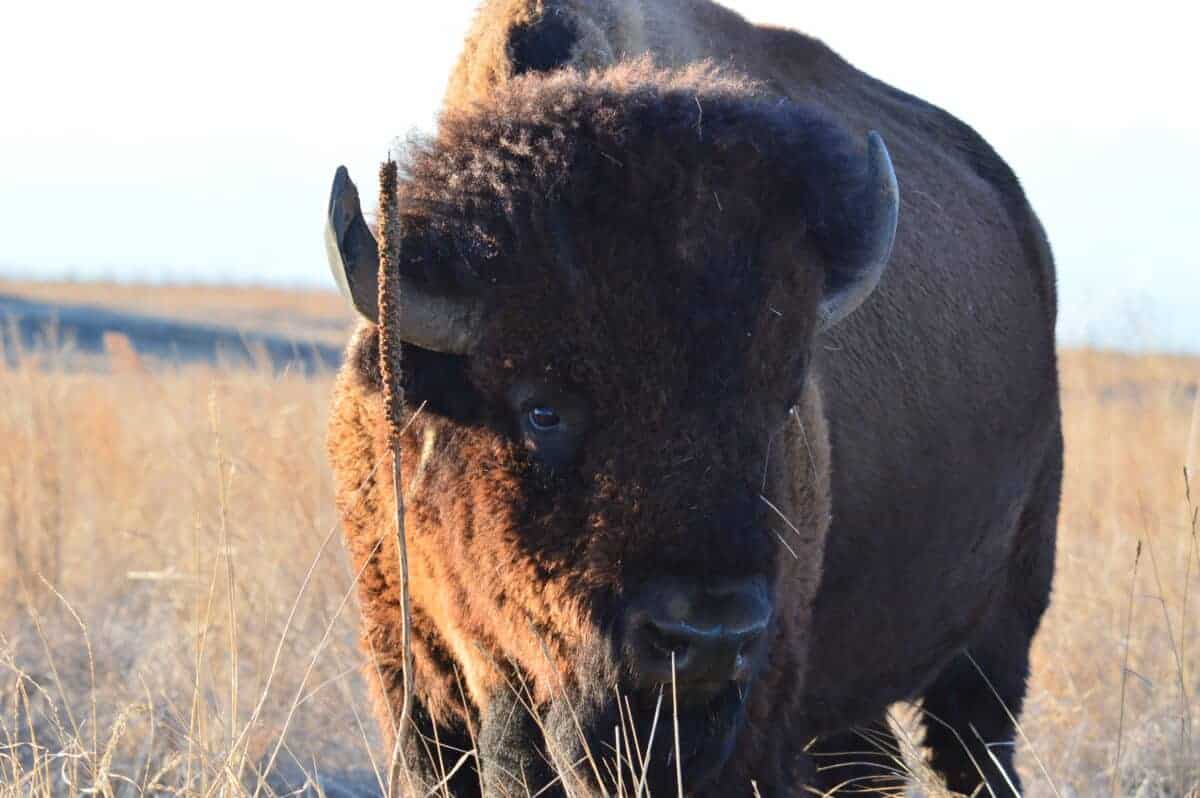
A symbol of the American West, Bison are the continent’s largest land animal, playing a crucial role in the grassland ecosystem. They are known for their massive heads and woolly coats.
#33 Caribou (Reindeer) – Known for long migrations and antlers in both males and females
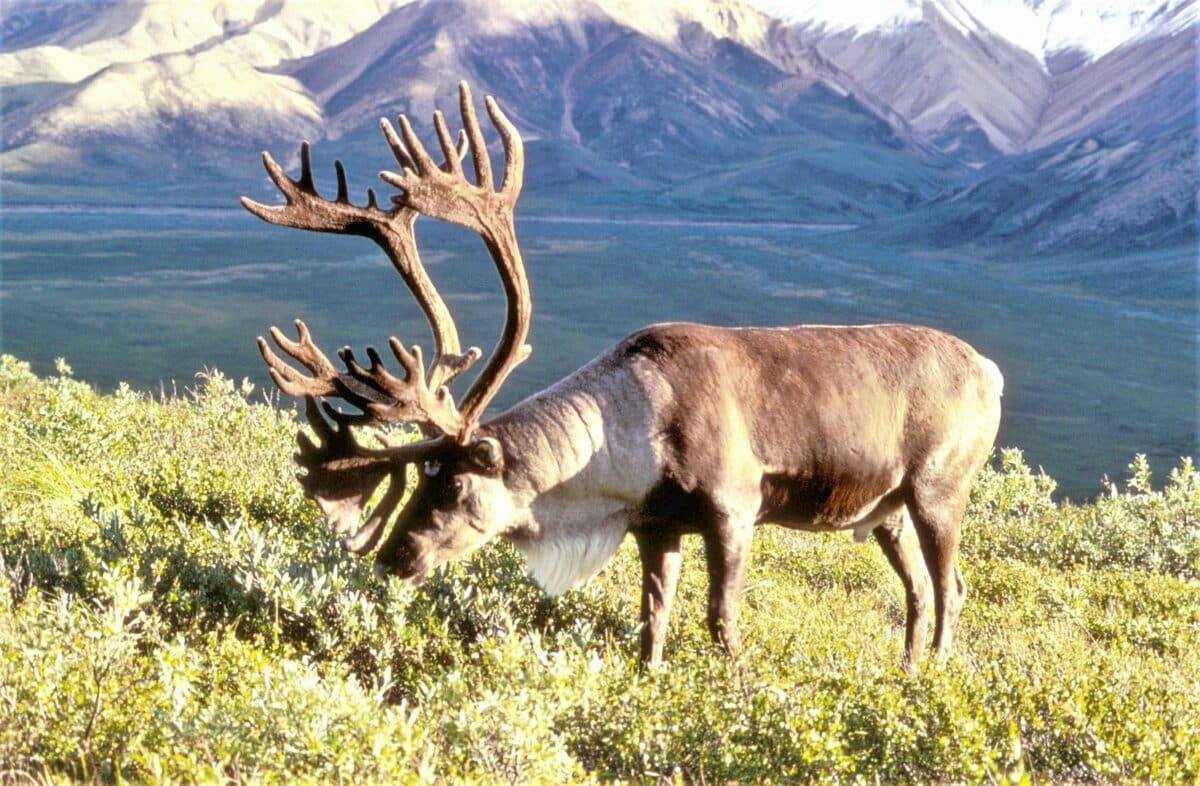
Adapted to cold climates, Caribou are known for their long migrations across the tundra. Both males and females grow antlers, a unique feature among deer species.
#34 Beluga Whale – Known for its white color and vocal communications
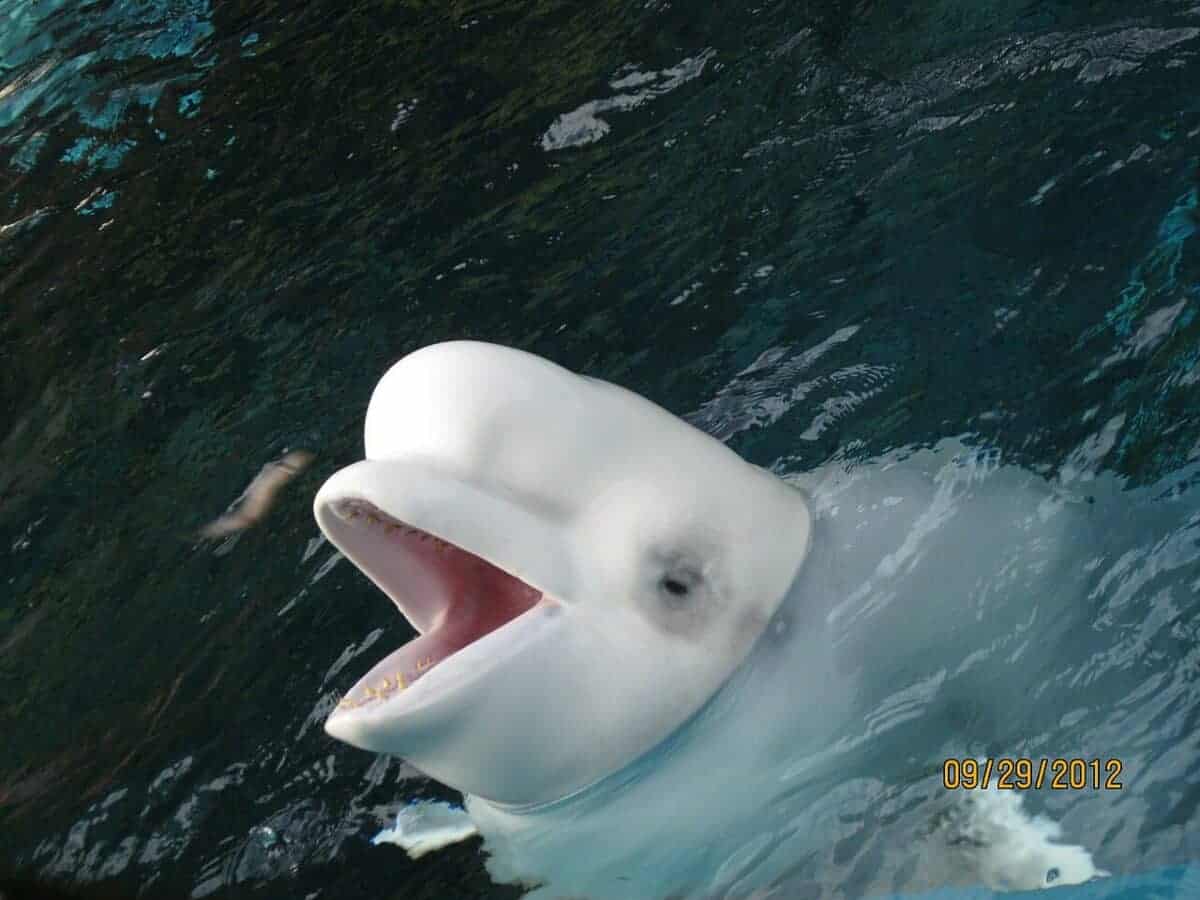
These small, white whales are known for their sociability and vocal behavior, earning them the nickname “canaries of the sea.” They inhabit Arctic and sub-Arctic waters.
#35 Alaskan King Crab – Famous for its size and culinary value
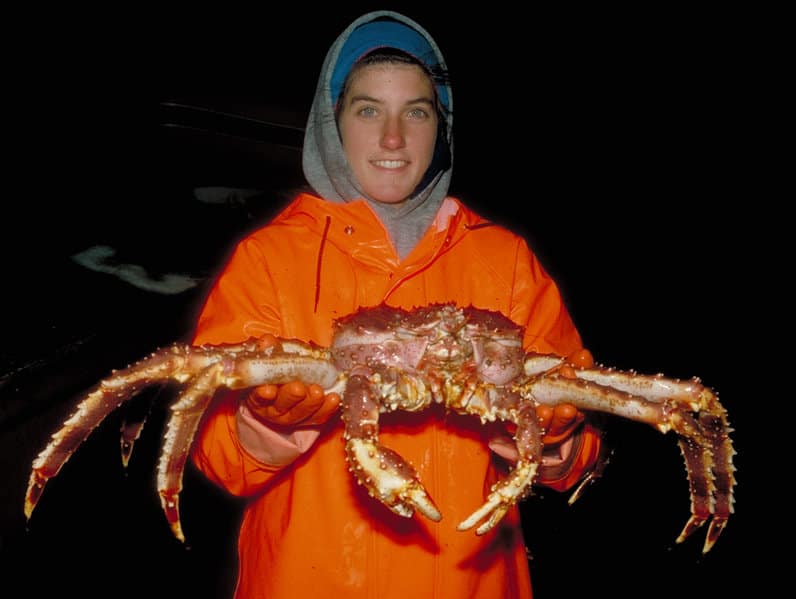
Famous for their size and prized for their meat, these crabs are found in the cold waters of the North Pacific, particularly around Alaska.
#36 Snowy Owl – A predator adapted to Arctic life with stunning white plumage
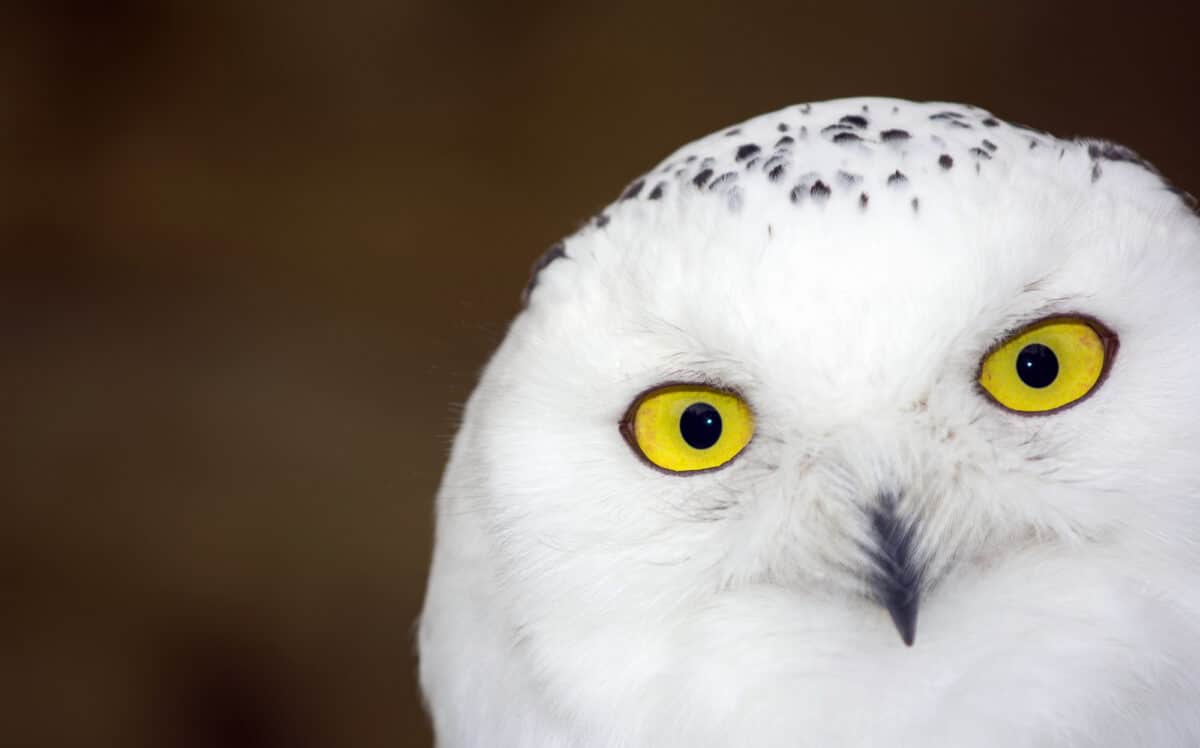
With their stunning white plumage, these owls are well adapted to life in the Arctic. They are known for their silent flight and hunting prowess.
#37 Lynx – Adapted to snowy environments with large paws and keen hunting skills

This medium-sized wild cat is characterized by its tufted ears and large paws, which act as snowshoes. Lynxes are solitary hunters, found in forested areas.
#38 Electric Eel (in southern freshwater habitats) – Capable of generating electric shocks
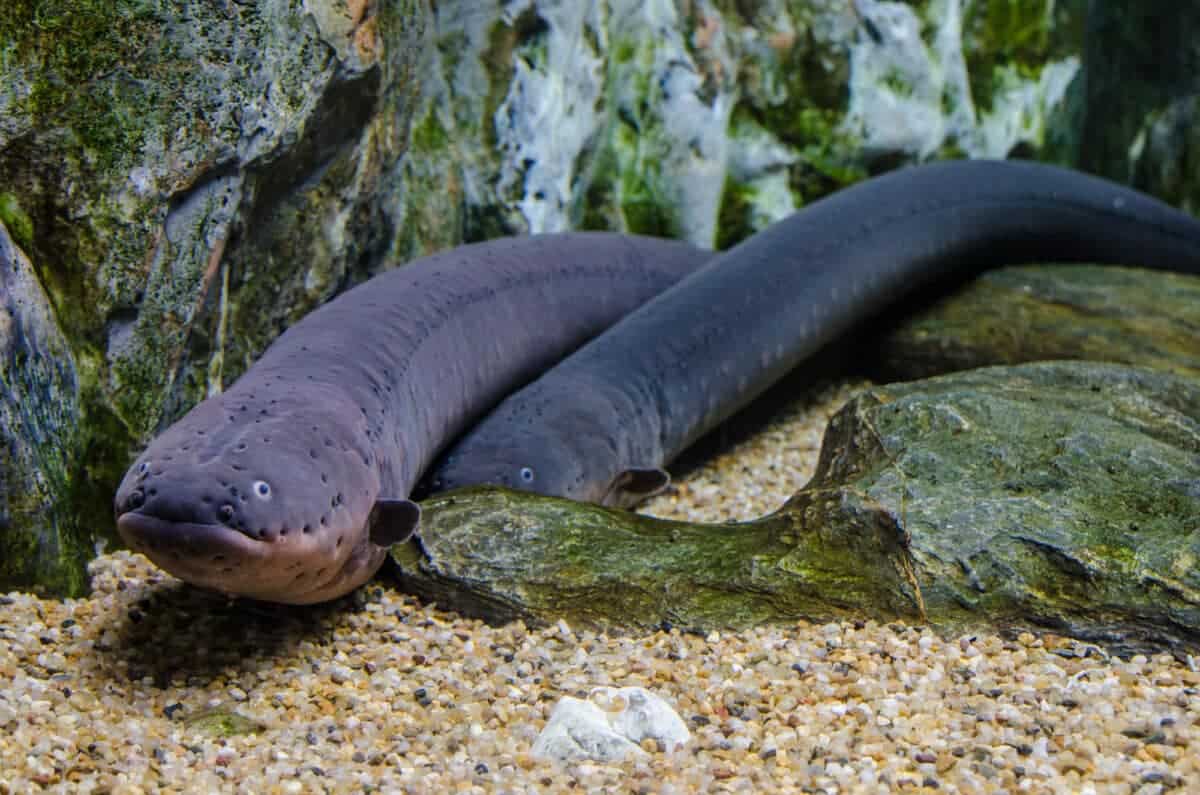
Although not found in North America, if considering similar regions, electric eels are known for their ability to generate electric shocks, used for hunting and self-defense.
#39 Bobcat – A widespread predator known for its adaptability

Smaller than the cougar, the Bobcat is a versatile predator found across North America. They have tufted ears, spotted fur, and are adaptable to various habitats, from forests to swamps.
#40 Greenland Shark – An Arctic predator, one of the longest-living vertebrates
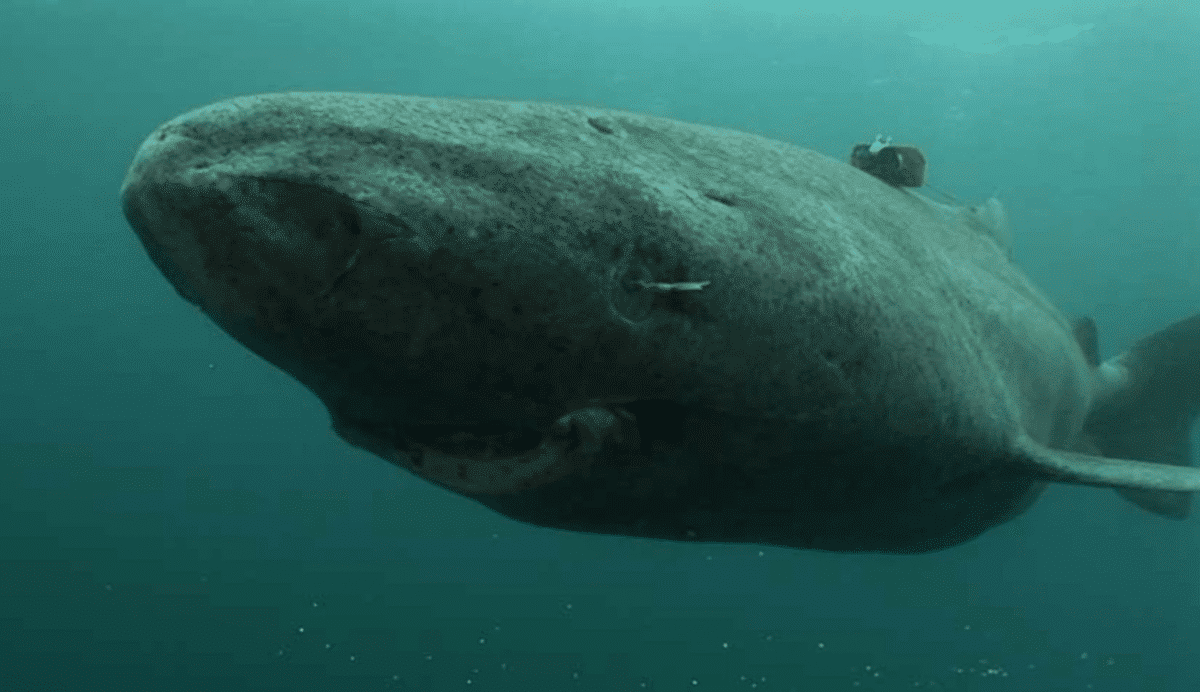
These mysterious, deep-water sharks are among the Arctic’s top predators and are known for their longevity, living possibly up to 400 years.
#41 Mexican Free-tailed Bat – Known for its speed and large colonies
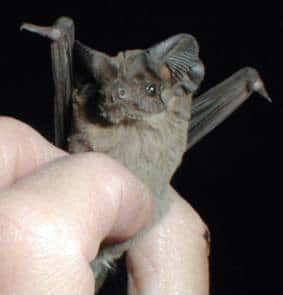
Known for their speed and agility in flight, these bats form large colonies in caves throughout the southern United States and Mexico, playing a vital role in controlling insect populations.
#42 Atlantic Puffin – A seabird with colorful beak and swimming ability
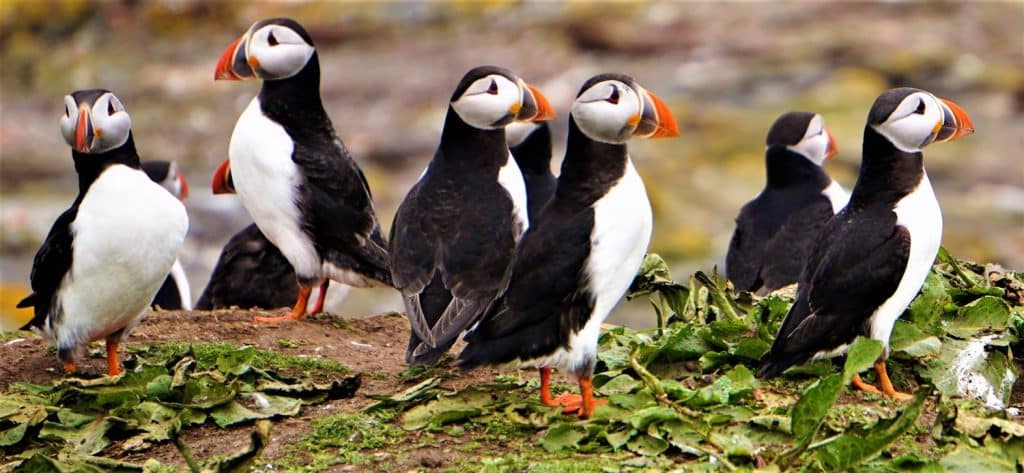
With their colorful beaks and clown-like appearance, Puffins are seabirds that breed in large colonies on North Atlantic coastlines, known for their diving ability to catch fish.
#43 Horseshoe Crab – An ancient species with a unique blue blood
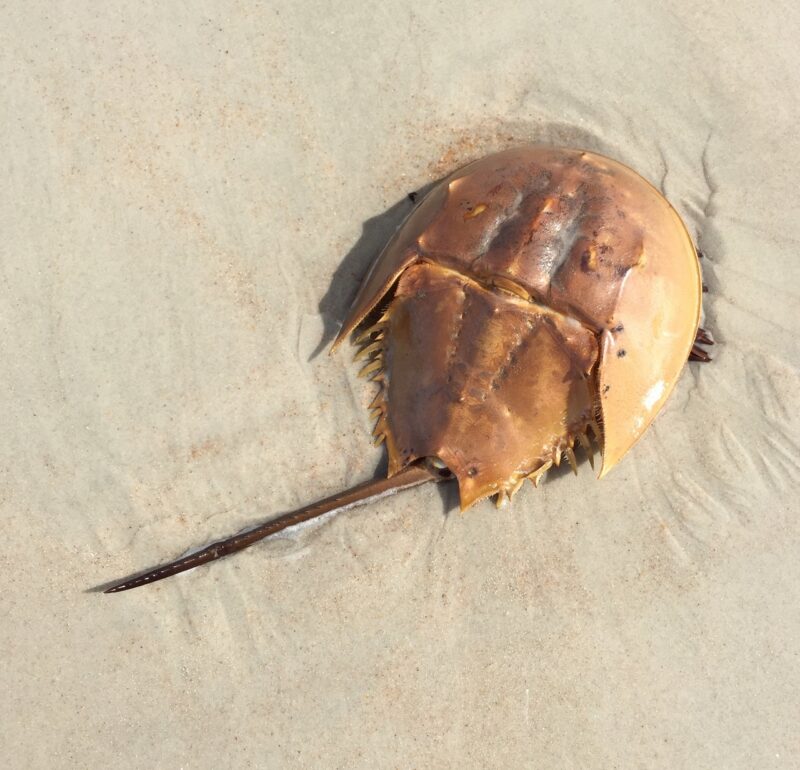
An ancient marine species, Horseshoe Crabs are known for their blue blood, which is valuable for medical research. They are found on the east coast of North America.
#44 Sperm Whale (off the coasts) – The largest toothed predator in the world
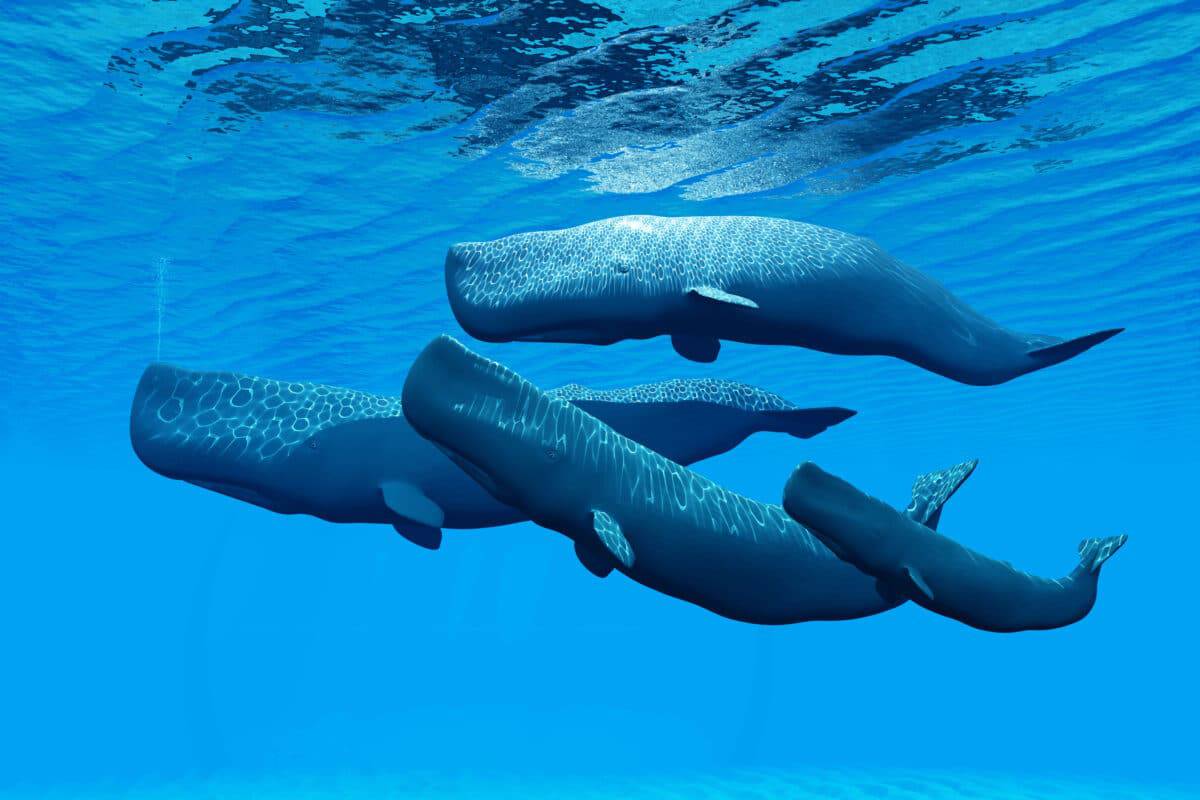
The worlds largest toothed predator, Sperm Whales are deep-diving mammals known for their distinctive head shape and complex social structures. They inhabit deep waters off both coasts of North America, playing a crucial role in marine ecosystems.
#45 Leatherback Sea Turtle – The largest sea turtle, known for its deep dives and long migrations
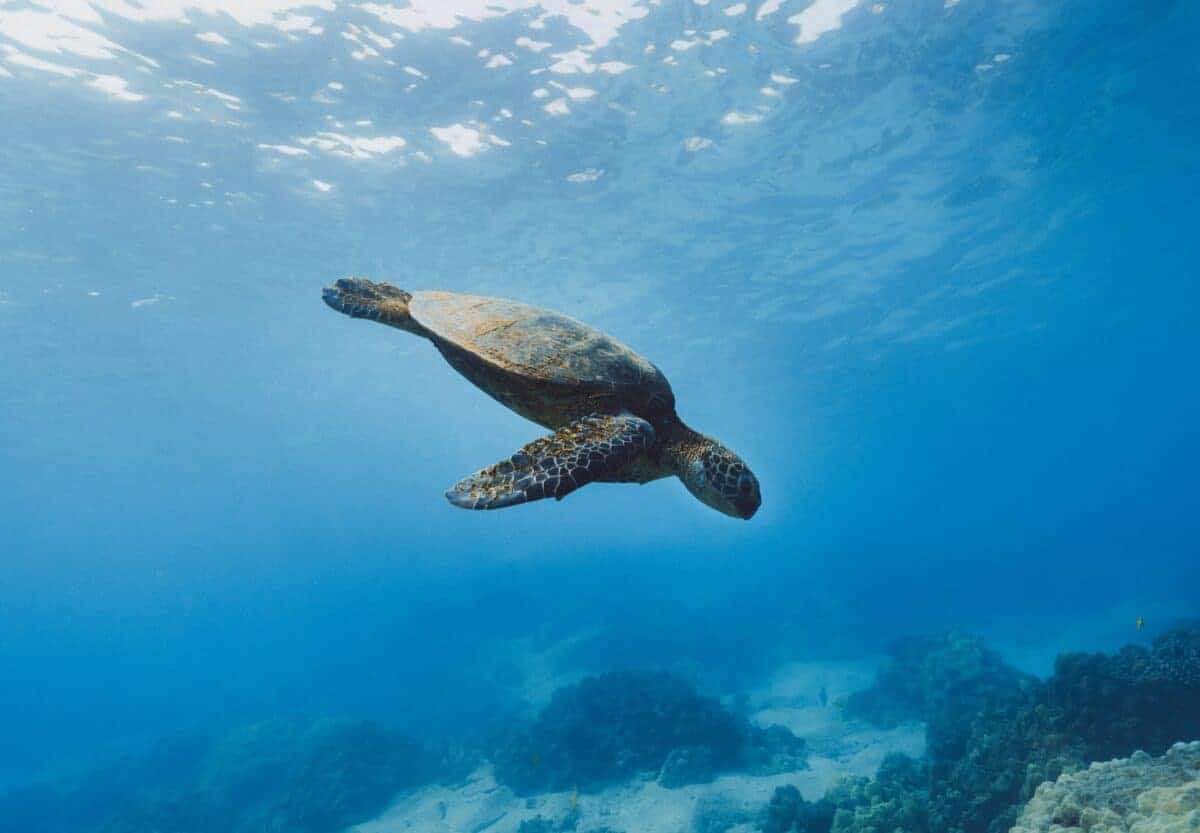
The largest of all sea turtles, Leatherback Sea Turtles are known for their deep dives and long migrations across oceans. With a leathery rather than hard shell, they are uniquely adapted to life in open seas, feeding primarily on jellyfish. These ancient reptiles are critically endangered, facing threats from marine pollution and fishing practices.
Thanks for reading 45 Most Extreme Animals in North America. Read more stories for US Animals today or about these 15 Fascinating & Weird Animals in the Amazon Rainforest.
Join our Forum for free today!

- These are The 5 Largest Great White Sharks Ever Recorded - July 19, 2024
- The Surprising Benefits of Big Game Hunting - July 18, 2024
- $100k+ Hunting Experiences The Most Expensive Animals to Pursue - July 17, 2024

